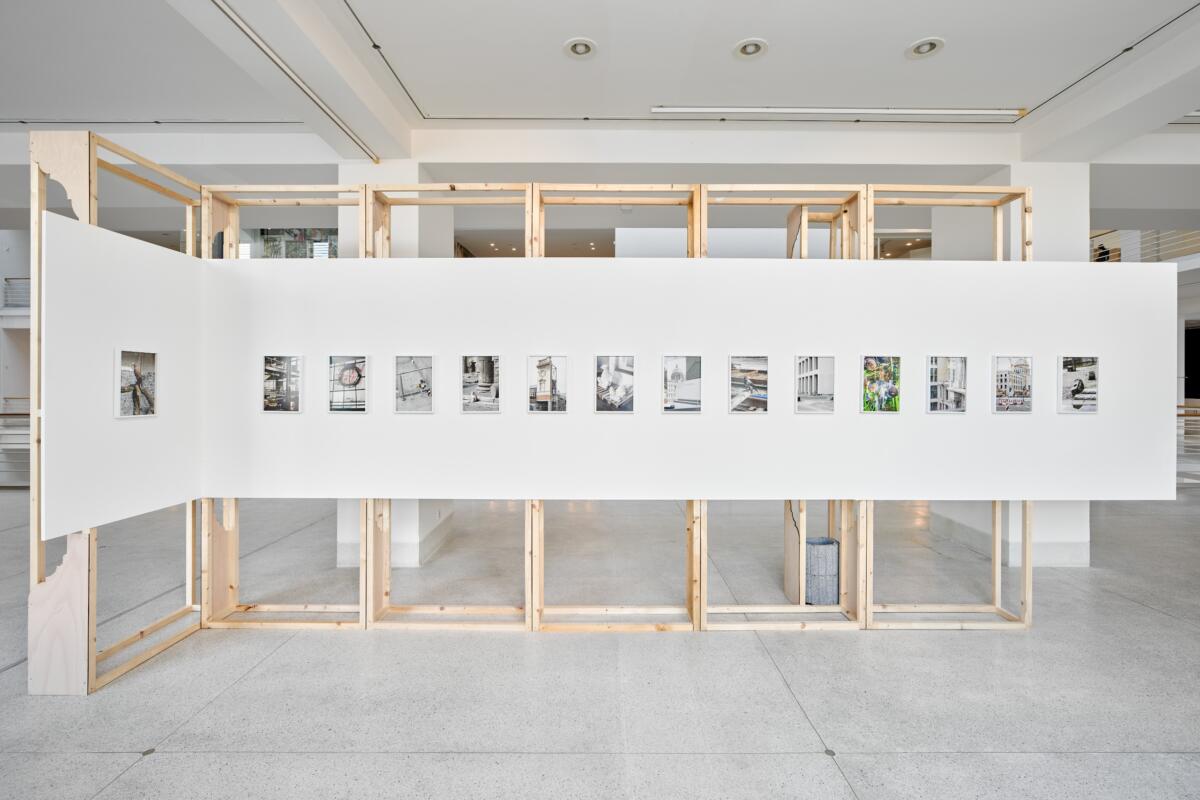
I am on a train to Prague. Going to see the 12th edition of Fotograf Festival, which shows how artists respond to “the rise of nationalist, populist, and far-right tendencies that are becoming increasingly normalized in postsocialist Central and Eastern European, as well as Western countries.” My reading for the eight hour journey is a book I spotted and took from a shelf at my friend’s house, “Twilight of Democracy: The Seductive Lure of Authoritarianism” by Anne Applebaum, which also relates to the latest political and sociological changes. I take a break from reading. Instagram time. A book-blogger that for many years used to value only fiction, wrote a post about Jonathan Haidt’s “Righteous Mind: Why Good People are Divided by Politics and Religion.” Definitely, being right-wing or left-wing is now a thing. Although such sociological phenomena are nothing new.
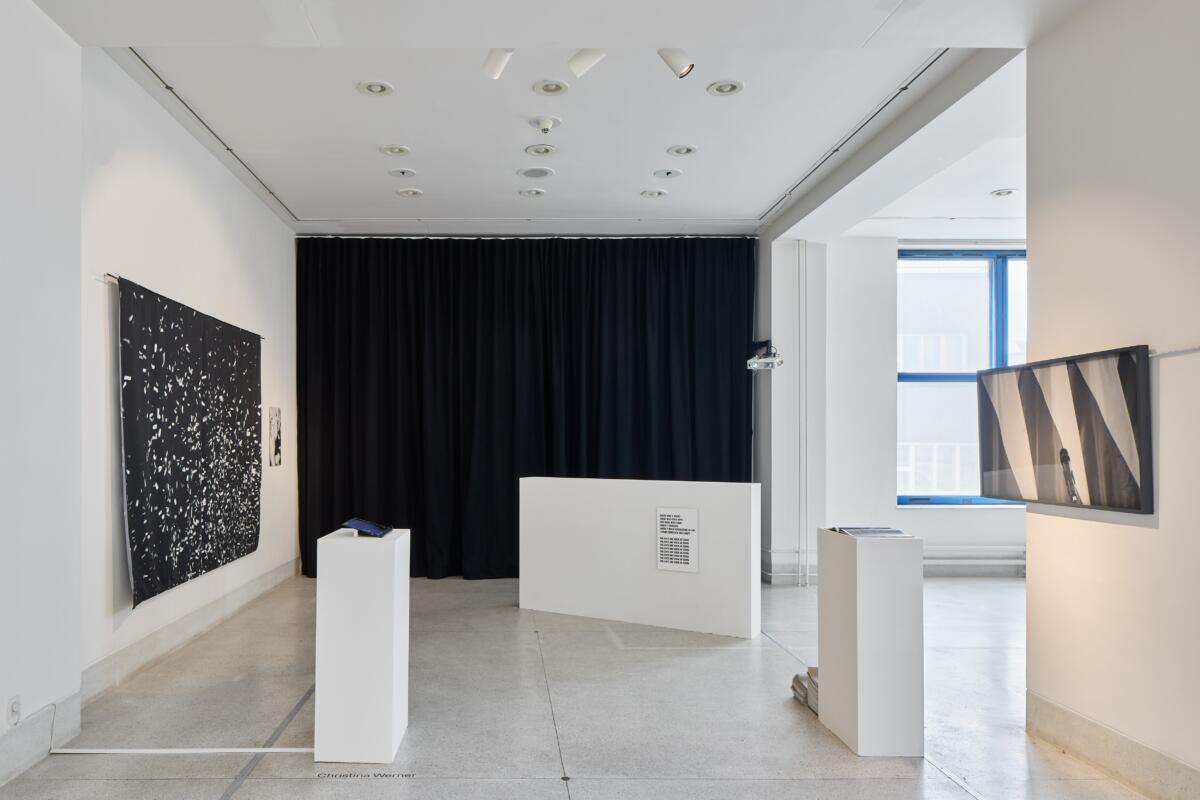
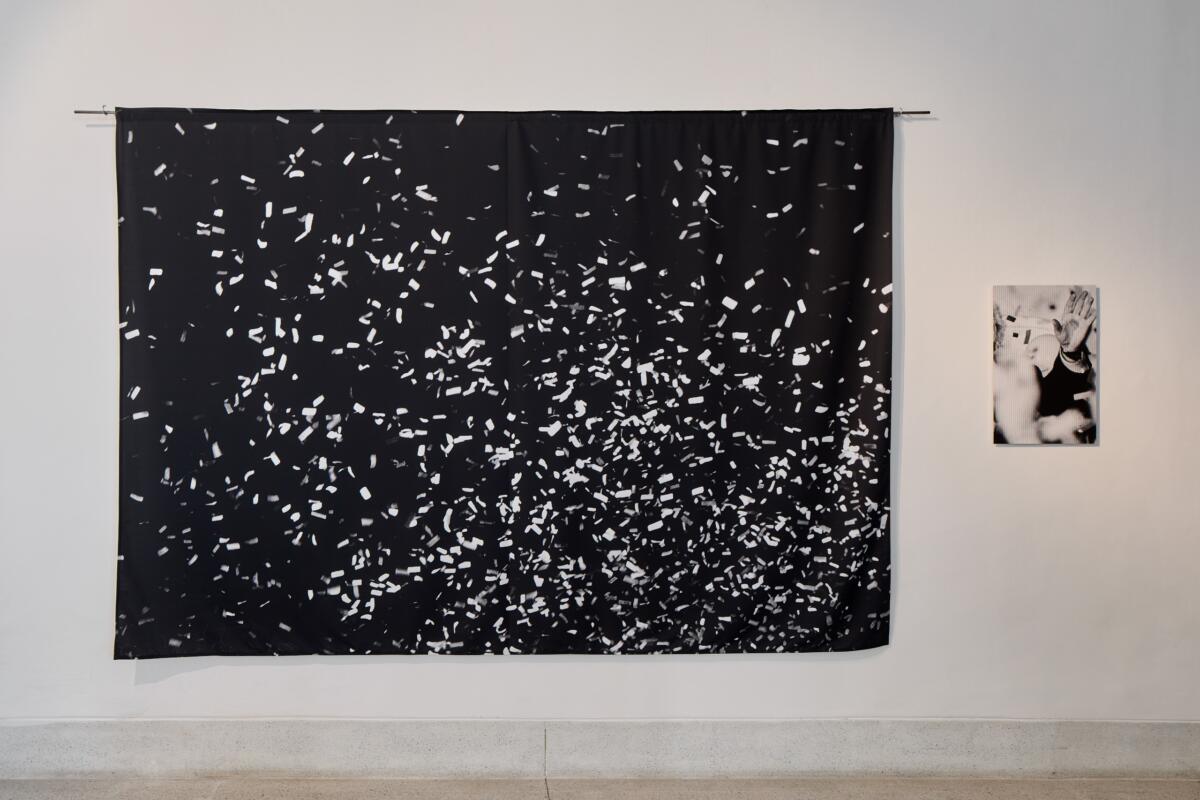

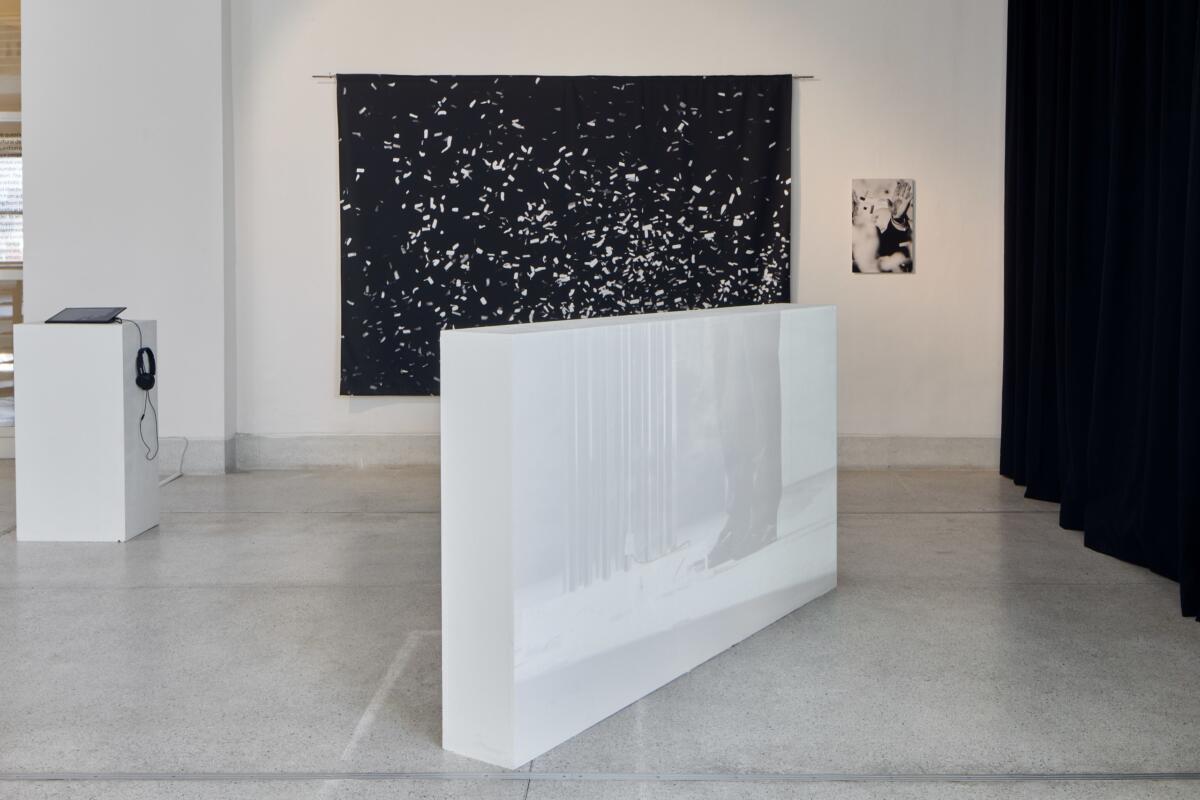
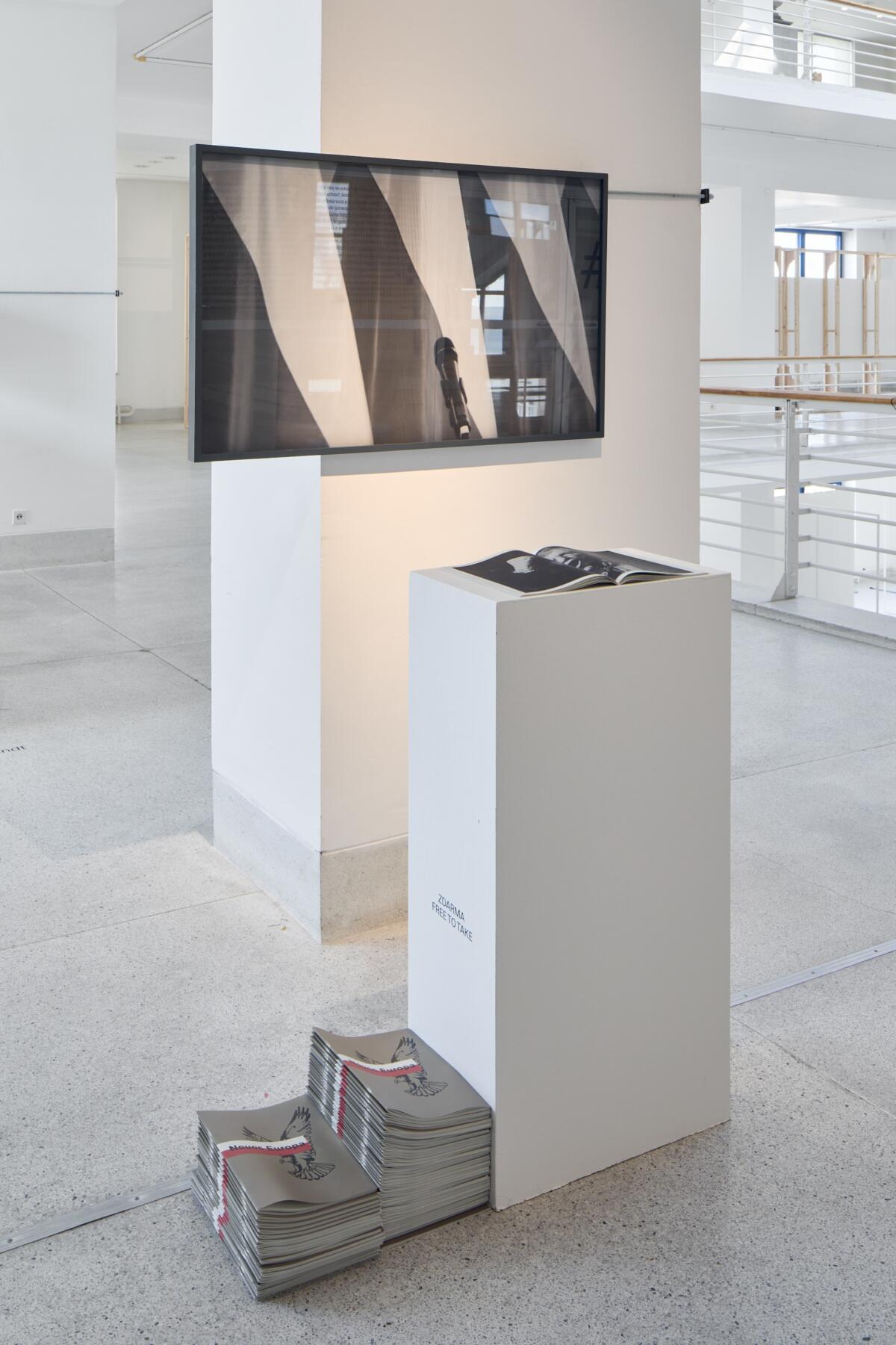

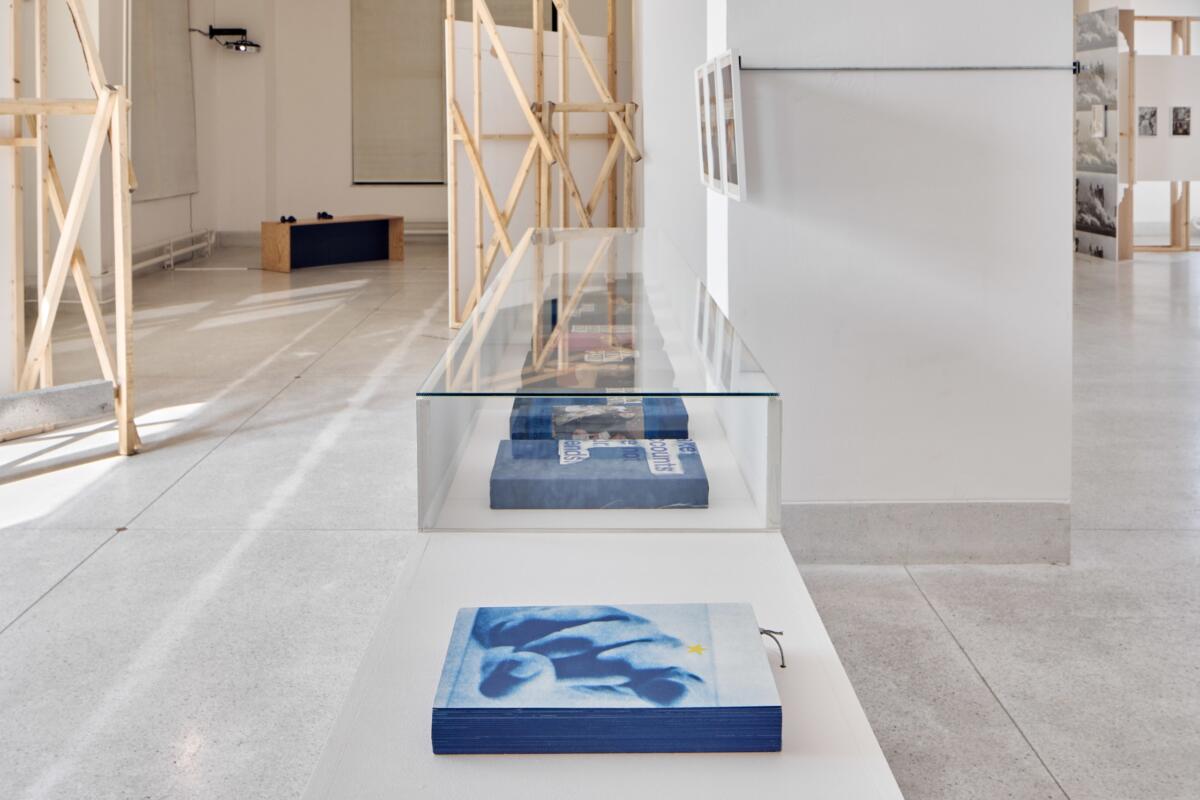
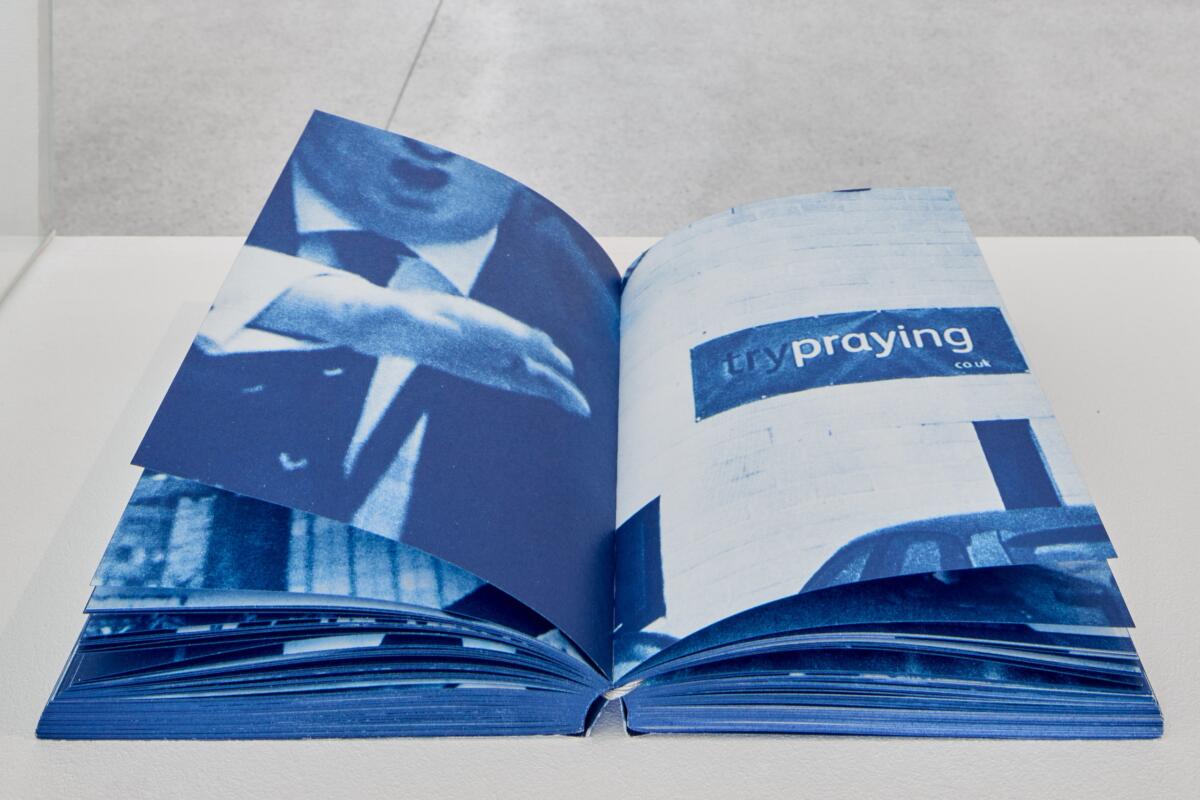
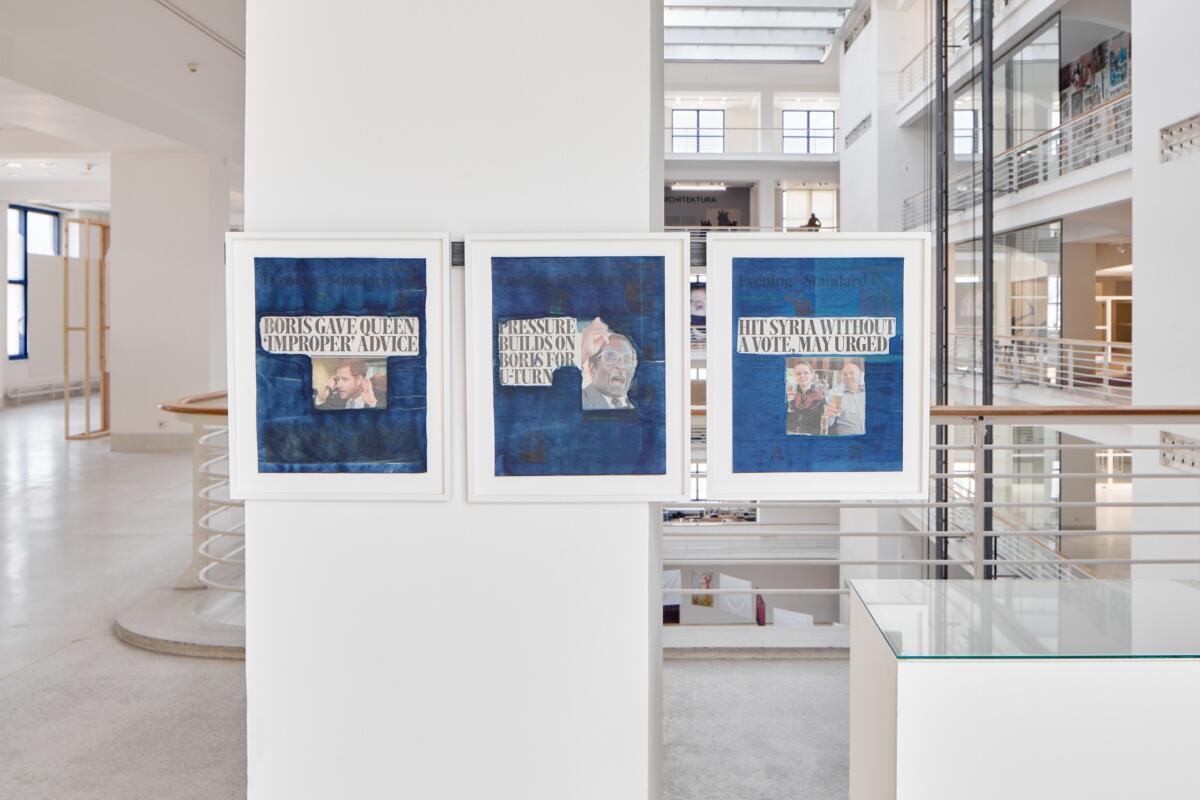
As Anne Applebaum notes, the shift to authoritarianism was one of the main concerns when considering a transition to democracy. It is somehow embedded in the concept of this system that if you give power to the whole nation, it can be wielded not only by noble ideas and actions but also charismatic leaders who use the language of propaganda and play with people’s needs and emotions (which are more fragile in times of crisis – welcome to the XXI century!). In 1929, José Ortega y Gasset updated the story of democracy with the sociological experience and lifestyle changes of the XIXth and beginning of the XXth century, a critical moment from today’s perspective. His book “The Revolt of the Masses” hasn’t lost its relevance; if anything, reading it in 2022 seems like an unheard wake up call. What is also not new is the polarization and radicalisation of society based on views and beliefs, as well as the rise of dictatorships (some of them emerging directly from democracies) – which were occurring not only in far away countries like Chile or Iran, but right here in Europe: in Spain, Germany, Greece and the Balkans. Can we, thinking about Poland, Hungary, the USA, today, relate to such cases in world history or is it something completely different? I ask this question in the beginning, because a broader context was something I was missing from Fotograf Festival. The organizers made a decision to focus on the latest iterations, and to deal mostly with recent Polish, Hungarian, American, and British events, and one exhibition dedicated to neo-nazism in Germany. Reinforcing the feeling of exceptionalism – that what is going on right now in Poland, Hungary, or the UK is unique – seems reductive, if not outright dangerous.
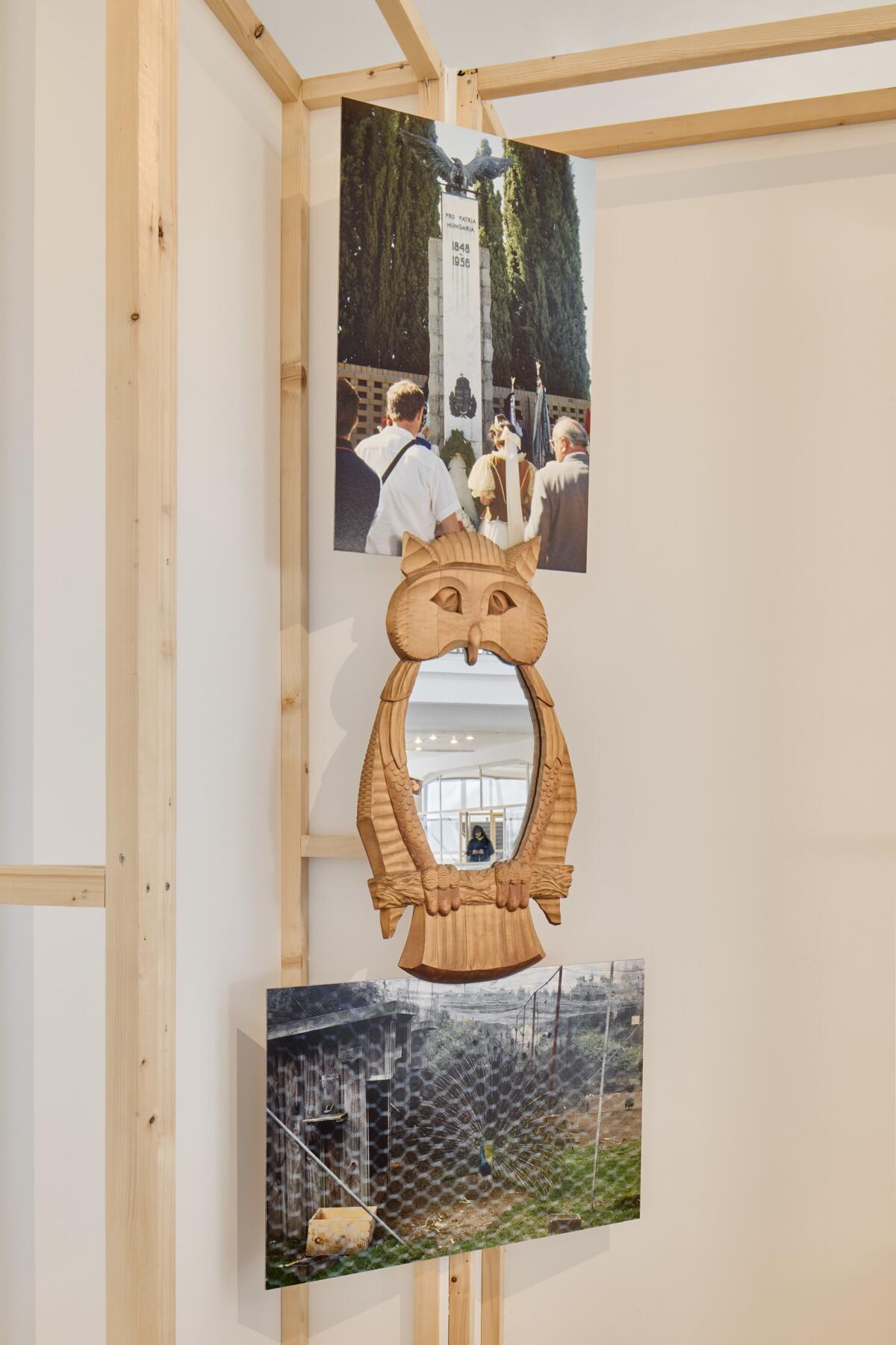


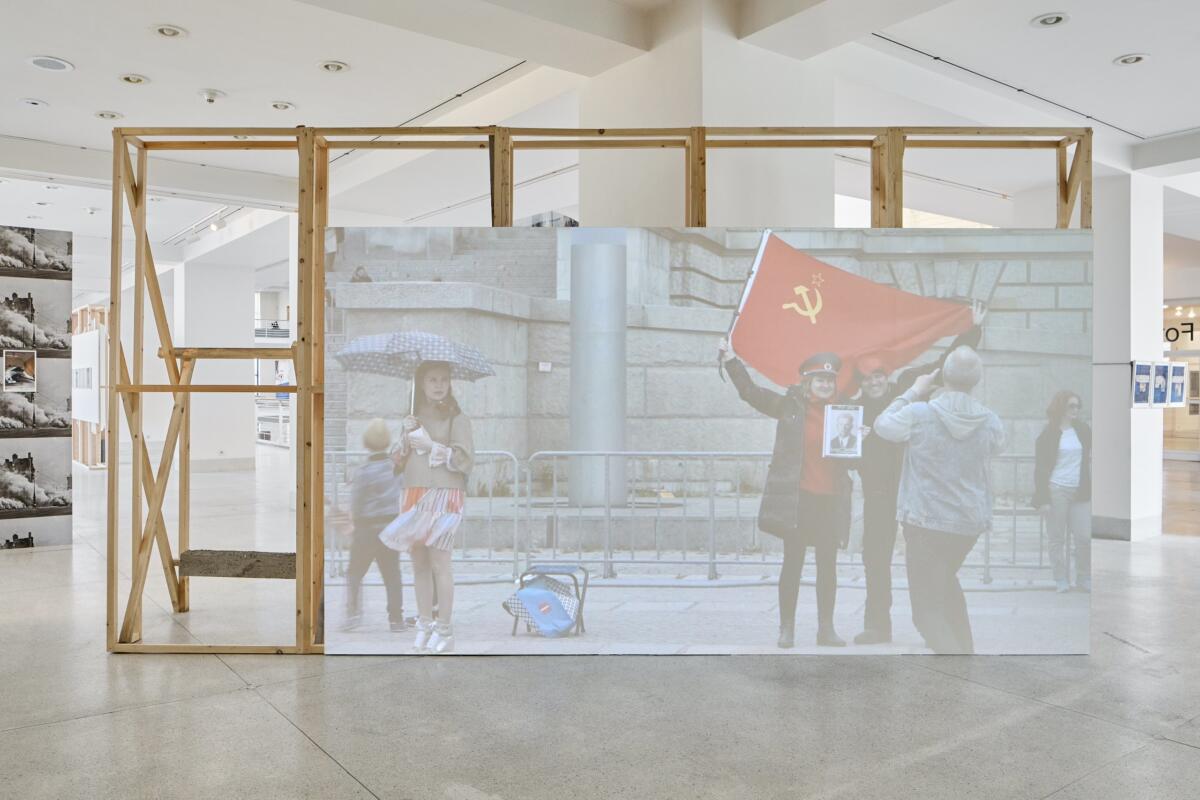
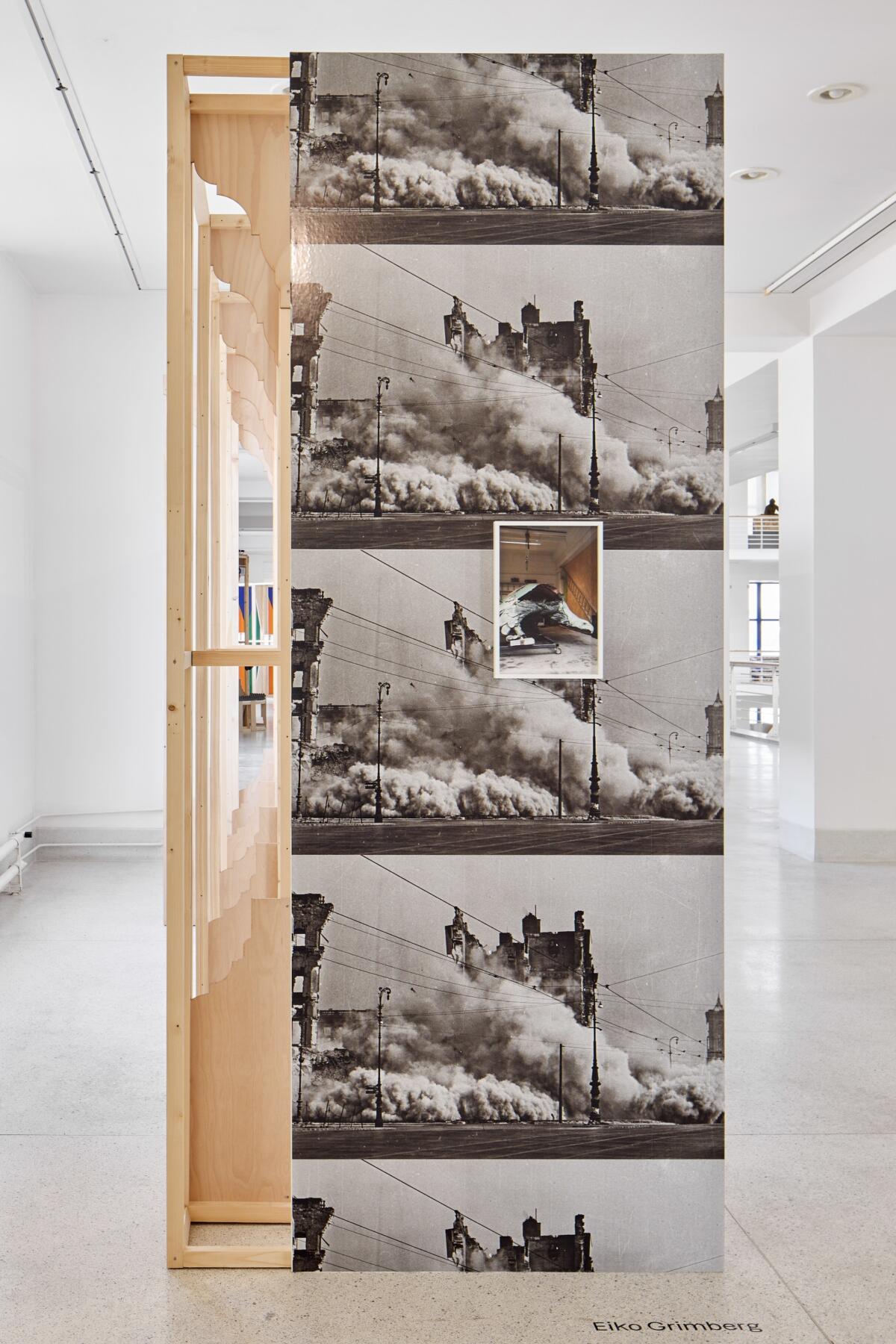
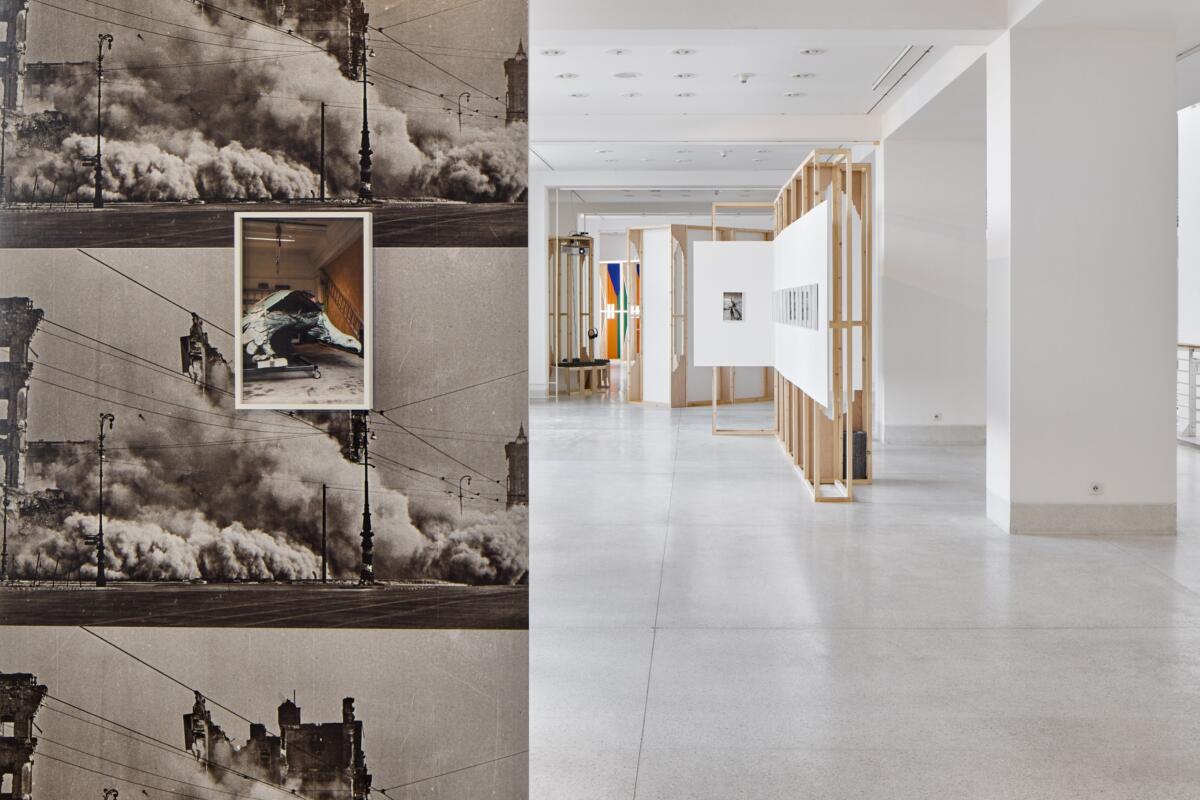
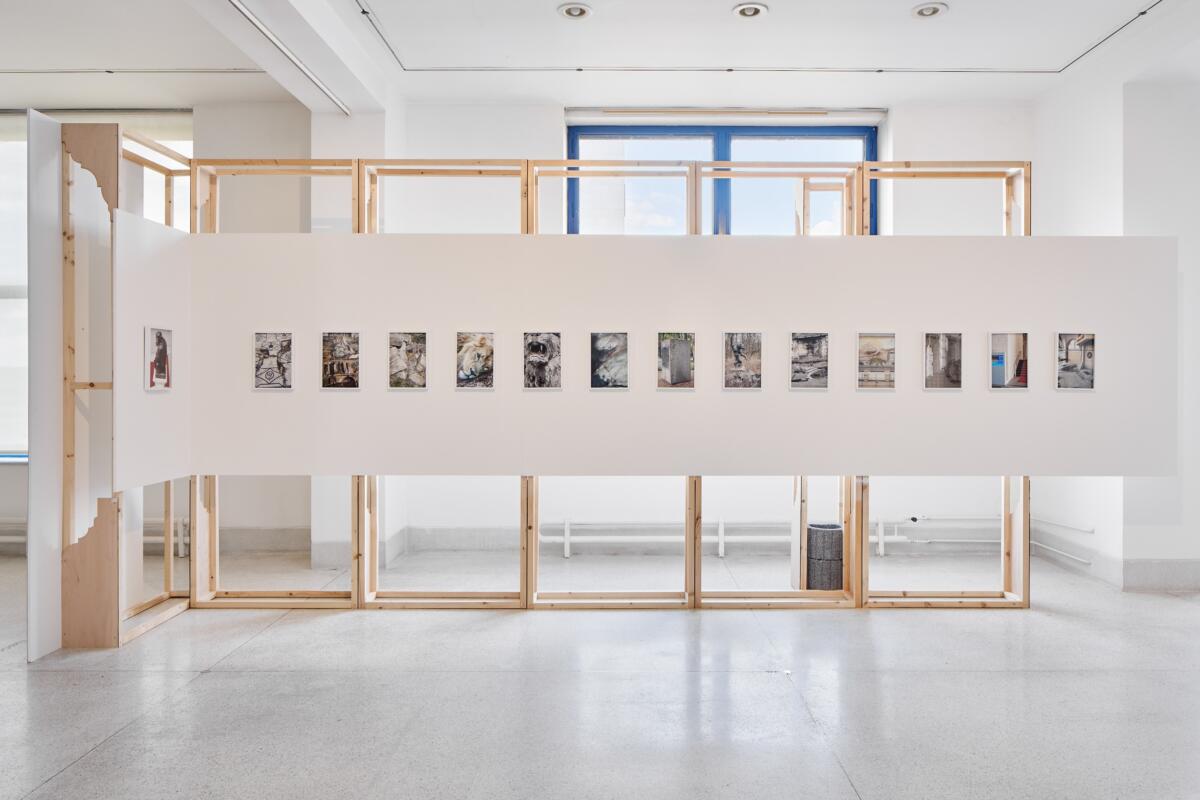


Having said that, let’s walk around the exhibitions. Four group exhibitions were the core of the program, supported by outdoor installations of a few works by Alf Umide and a short show of site specific work by Office Collective. Exhibitions were situated mainly in different districts across Prague, entrance was free of charge, with one of the exhibitions located outside of the city in Ústí nad Labem, which was clearly a smart decision by the organizer to diversify and share, instead of exclude. The main exhibition, No One Belongs Here More Than You, is a curatorial introduction to different approaches to the theme itself: whom, how, and on what basis, is trying to exclude particular groups from society. The clear, minimal space of Trade Fair Palace (Veletržní palác, the main space of the National Gallery dedicated to contemporary art) was intentionally broken and polluted by exhibition architecture constructed from cheap, visibly temporary structures that revealed its technicalities, also creating small spaces dedicated to each project. As this was the biggest and the least narrowed by the curatorial concept of the exhibition, we were wandering around the space, jumping pretty quickly from one theme to another, between concepts, medias and nationalities, which – to use the truism – might be seen either as an advantage or disadvantage, a freedom or a mess, and it was truly a bit of both. The exhibition opened with two projects, “Something Is Always Left Behind” by Christina Werner and “Blueprint” by Norman Behrent. Both of them carefully trace signs of propaganda and ideological oppression hidden in political gestures, suggestive words and editorial decisions on pages of magazines, on tv, or internet posts. Behrent’s project seems to be one of the most formally simple yet conceptually complex works in the whole festival. He manipulates contemporary, pre-Brexit British media snapshots with filters that give the feeling of old materials, like photos from a different era, in the format of numerous postcard-sized representations, which creates a proper detachment. The effect is instant: the means are exposed, we don’t see them so innocently anymore, the past is now. Pictures (in the photobook) are accompanied by speeches concerning the European Union, from its beginning just after WWII to the first public speech post-Brexit. We are encouraged to trace signs of changes not only in ideology, but also through language and rhetoric, seeing that the politicians’ game is stronger in word than in image.Visual and linguistic analysis of political messaging is also part of Jiří Žák’s video work, which distinguishes itself with the most nuanced examination of the most unobvious patient. In “DeepReal Havel” he updates a speech delivered by former Czech president Václav Havel through the lens of postcolonial studies, revising historically naturalized power relations. With similar precision and research based techniques, the artist Szabolcs KissPál reveals to us the significance of the bird as a symbol in Hungarian far-right history through archival films which have been remixed into new, light, docu-fiction narration. The same bird is depicted in the work of Dóri Lazár. With playful disrespect, the artist mocks the naturalized seriousness of museum displays and creates a slavic-esq totemic version. Lazár’s installation “Angry Birds” takes the symbolic and emotional charge of the flying creatures used to inspire nationalist sentiment ad absurdum – and is a great reminder that a sense of humor is always a good weapon, creating space to discuss not only nationalism, but also slavic heritage as well as capitalism. A more personal approach is represented by the projects done by female artists. Both of them, Emília Rigová and Michaela Nagyidaiová, focused on nations rarely mentioned in public debate, but sadly, the narratives became diluted: In “Transient Ties”, Nagyidaiová maps her grandmother’s journey, who had to escape her homeland due to the Greek Civil War and adapt to the culture of then-socialist Czechoslovakia. This very touching story was a little bit overwhelmed by the research-based format. Rigová, by stylising herself as the Black Madonna in the photo series “Crossing B(l)ack”, reflects on her own passing as a non-Roma with a kind of kitsch, overdone, and artificial aesthetic. The outcome made me cringe, and directed my thinking towards the debate around black face instead of contemplating the author’s personal legacy.
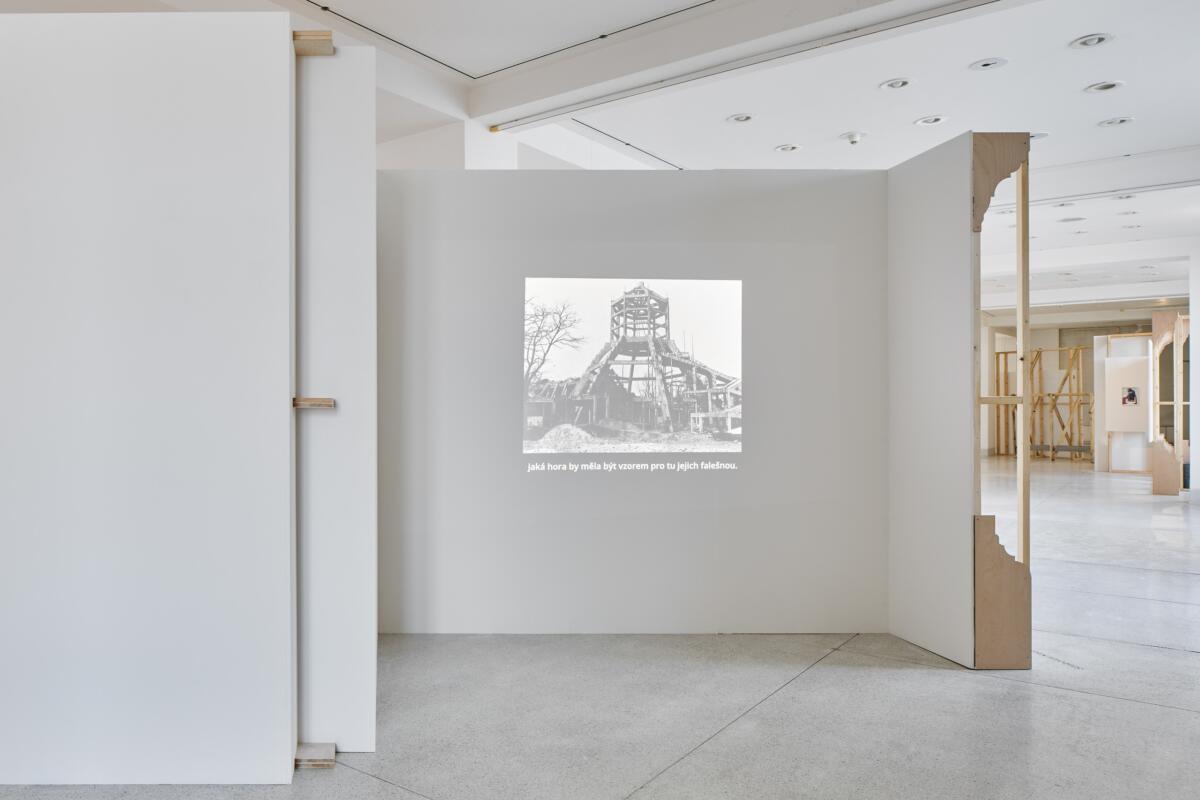

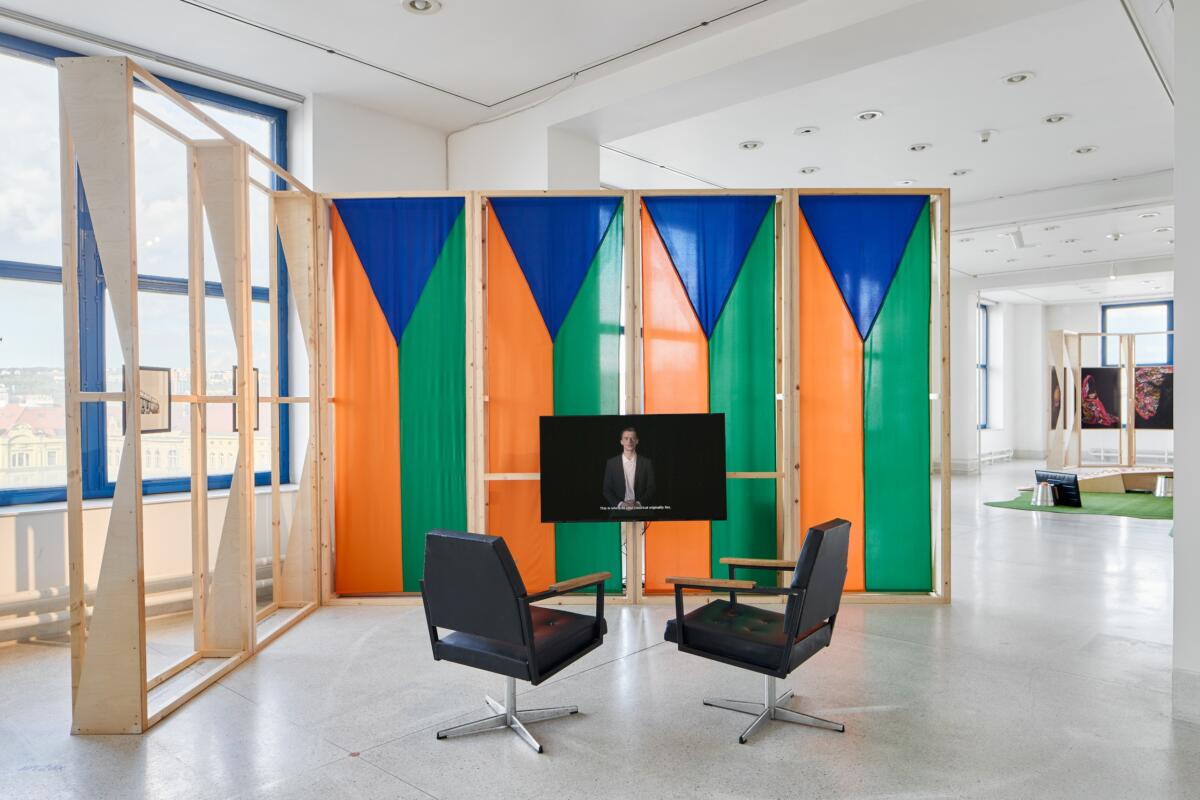
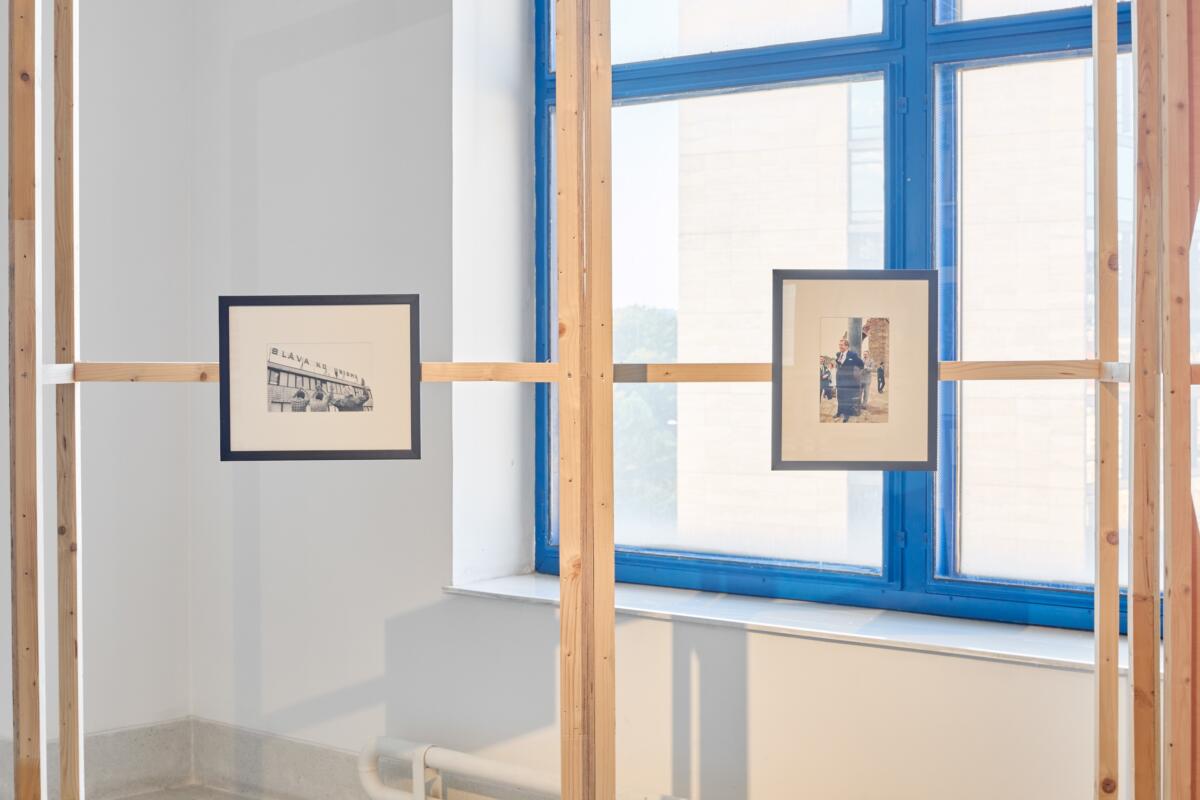
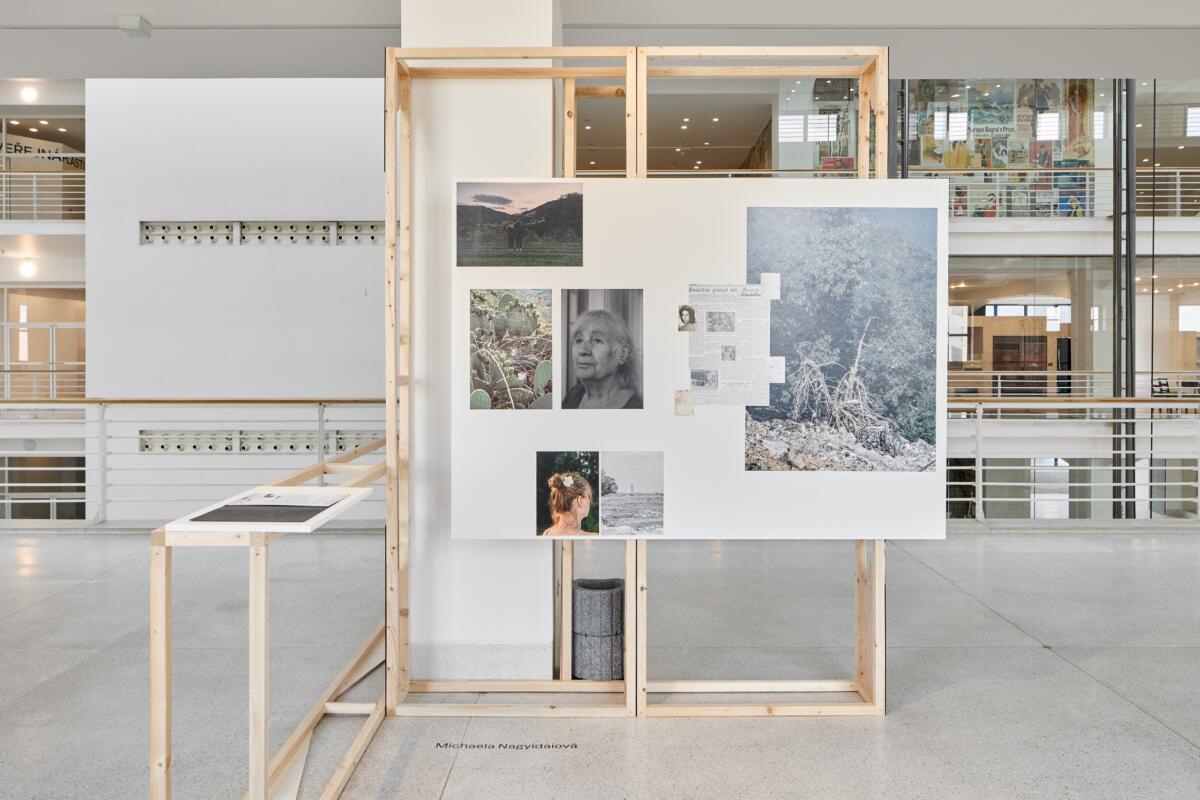
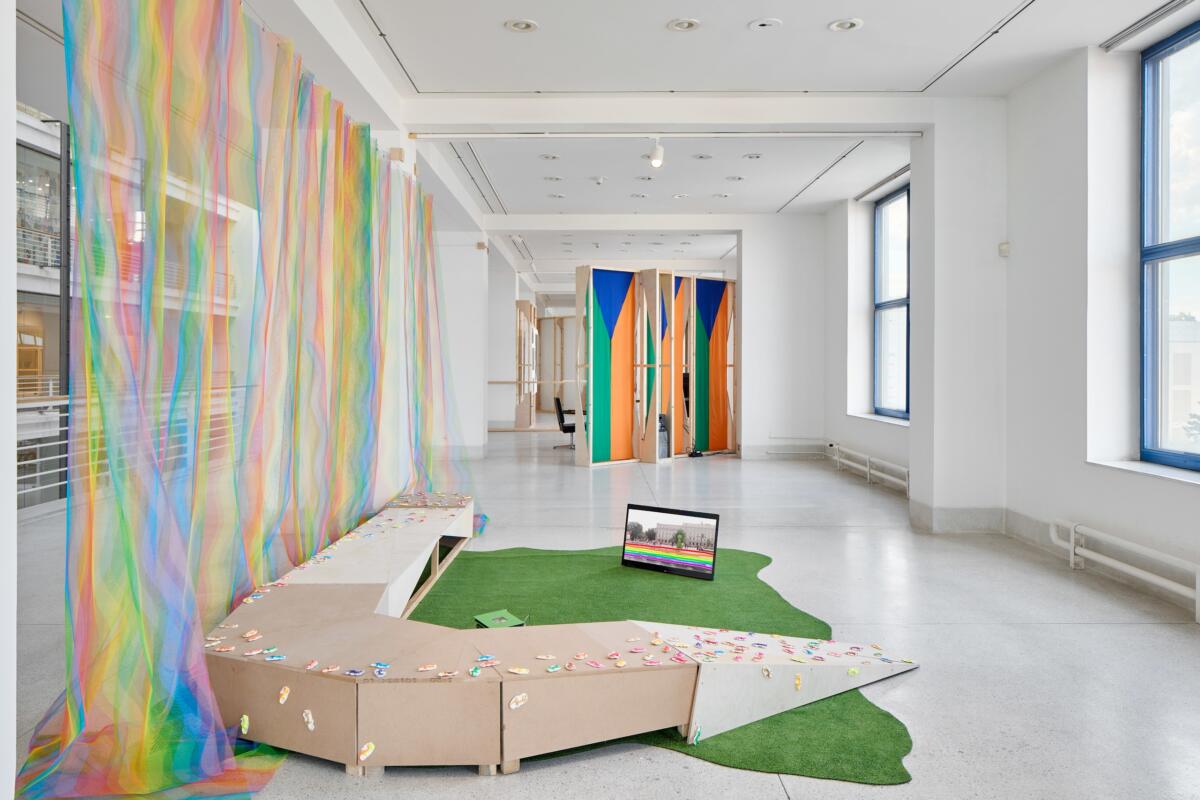


Going through the main exhibition, inhabiting the very center of the festival’s curatorial arc – of conflicts within society and being on the verge of losing democracy – it was impossible to detach myself from an emotional reading, asking myself the question of art’s place and its role in the ongoing process of these changes. Can research-based, rational narration serve the purpose of critical art in times when the issues have been discussed by the media, using the same means? Is the inaccessible language of reason still adequate when we talk about social polarization that was partially created by this language? Is talking only about right wing/conservative measures effective, does it reveal anything new, when only existing in a left wing intellectualist bubble? Within this context, two projects in the main exhibition stood out – both of them using a more documentary approach, adding an element of activism, fulfilling its purpose no matter what the artistic outcome might be. It also seems meaningful that this semi-activist approach was also utilized by Polish artists. First are the photos by Archiwum Protestów Publicznych (APP, Archive of Public Protest) taken during recent protests in Poland. The authors share their photographs on a semi-open basis[1] and print newspapers to be used during strikes. The images documenting the events serve as tools for memory and visibility in times when the media does not serve its purpose. Their strongest value is the instant portrayal of emotions and communicating the atmosphere of the demonstrations. Of the whole festival, only the work by Mikola Rydnyi, exhibited in Fotograf Gallery as part of the exhibition Extremely Normal, who covered nazi symbols with chewing gum, carried such an energy of direct resistance. Coming back to Fair Trade Palace, the second work that distinguished itself by assuming an activist approach was a video, footage from a performance by Tajskie Kwiatuszki. The building carried the same mood as their artwork – colorful, cheerful – while in the video, the artists, dressed in playful costumes, initiated discussions with passers by about the LGBT-free zones in Polish cities. The truly peaceful and nonjudgmental attitude is itself a refreshing approach that has become almost entirely absent in Polish public debate concerning the recent situation of culture in the current political climate. The outcome of those discussions was pleasantly surprising; there was a man in the crisis of homelessness, sitting on a bench in the city that was the first to proclaim itself as an “LGBT- free zone” in Poland, who mistook LGBT for a virus. After listening to an explanation, he could not understand how people could be excluded based on sexual orientation. What made this piece so strong for me was actually my own Polish origins – I remember the tension rising in me before every answer, waiting to hear what I am fed up with hearing, and the feeling of guilt realizing that my assumption was not right. A lesson that should be repeated every day by both sides. Looking for the same, seemingly unobvious discoveries was a strategy used also in Ewa Enhorn’s short video which was included in the exhibition Extremely Normal. The work dealt with the racist murders that the National Socialist Underground (NSU), a neo-Nazi terrorist network, committed throughout Germany from 2000 to 2006. In “What would nazis never do?”, Einhorn asked passerby what kind of transport nazis might use. The simple “why not on bike?”, forcing a lot of mental work for those who answered (‘bike is for more environmentally friendly people’, “I just simply cannot imagine that”) produced space for a very simple yet powerful reminder of the mind’s weaknesses.
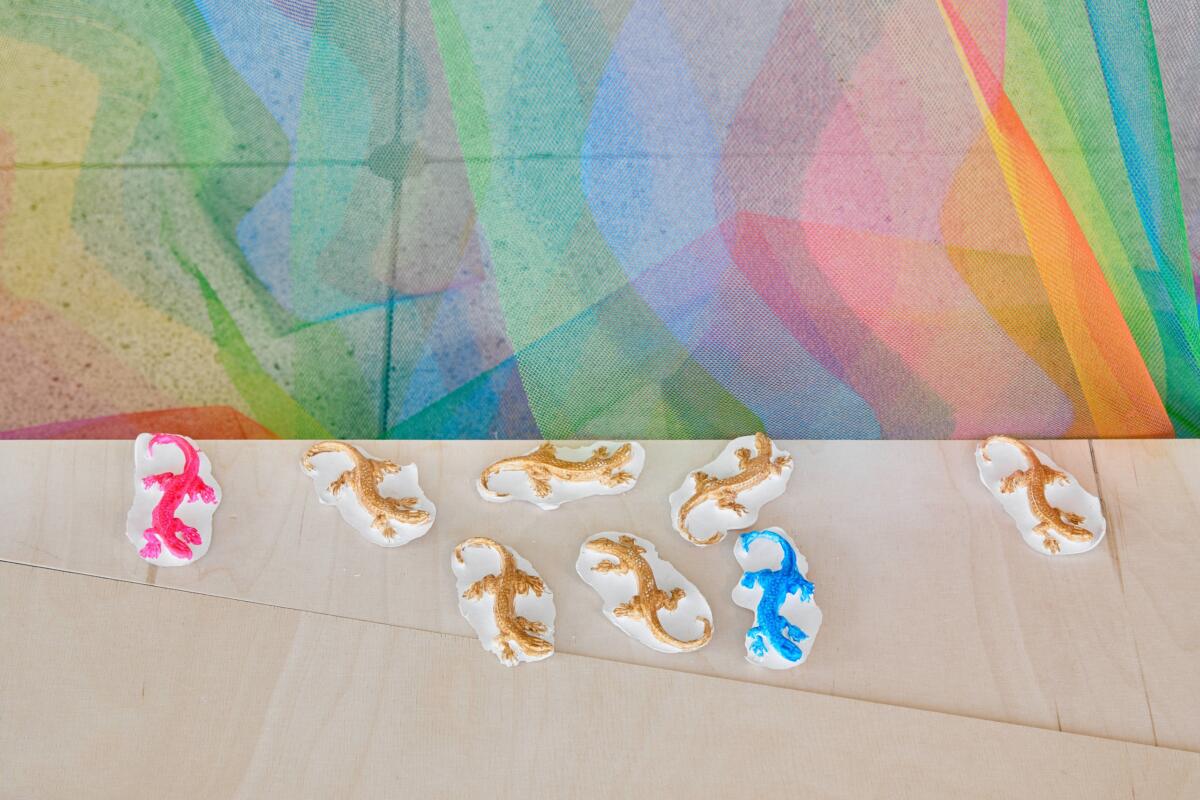
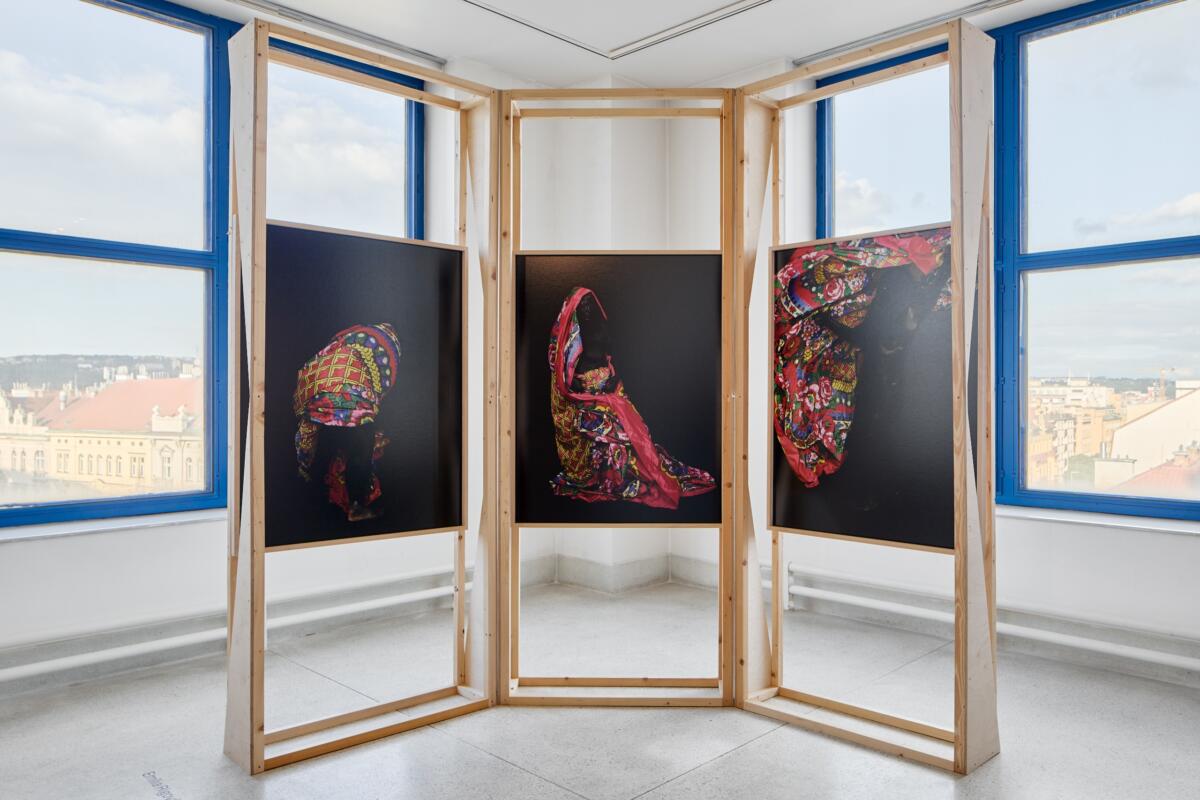
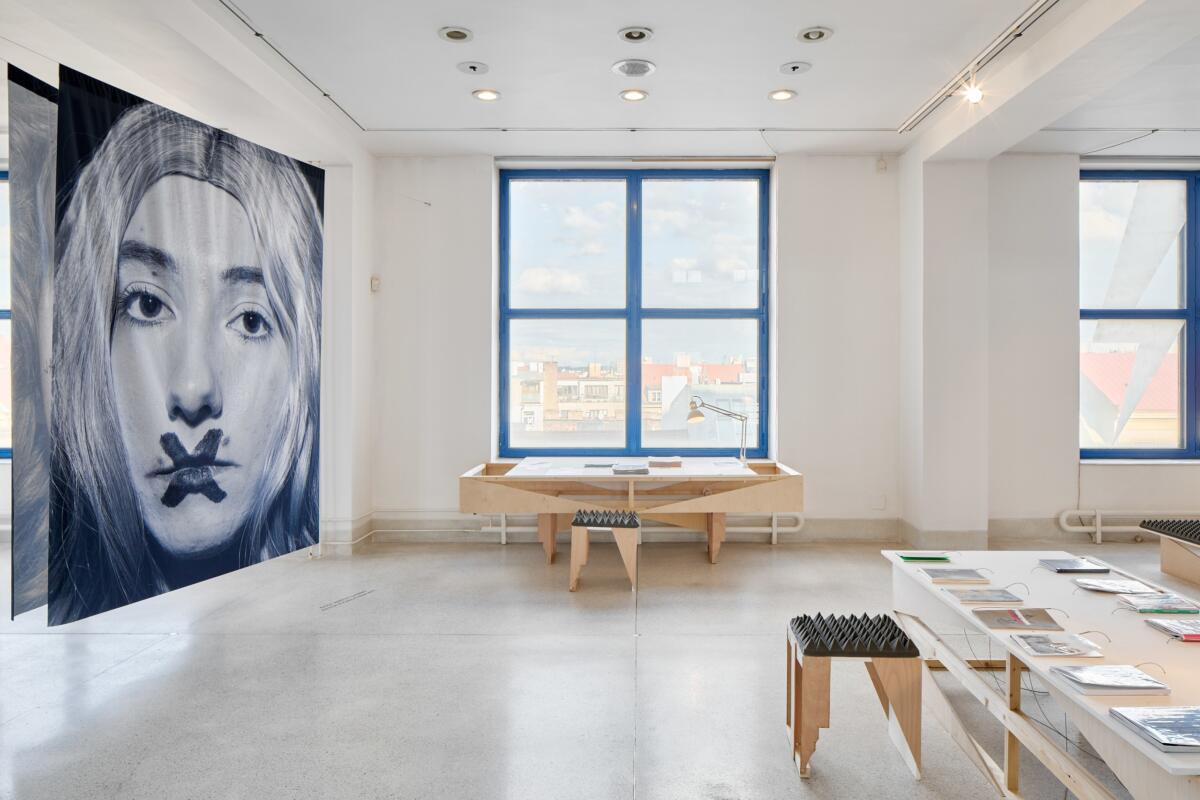
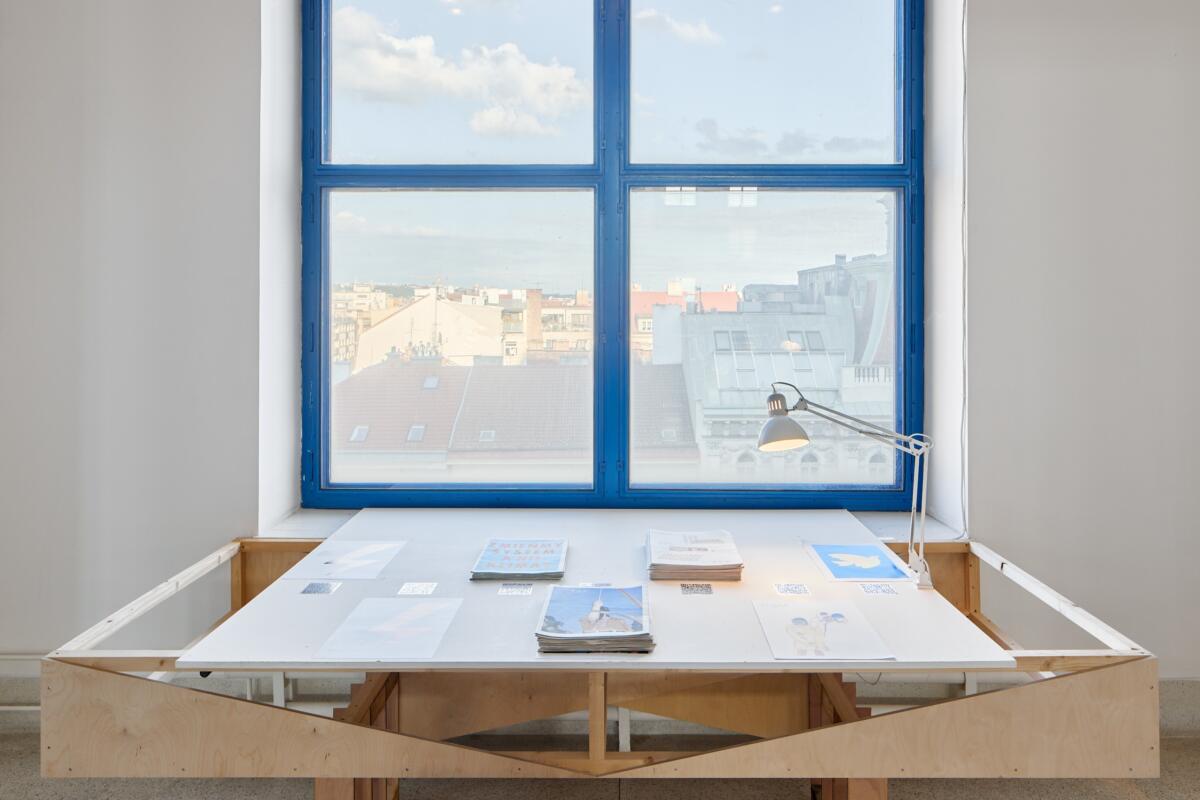
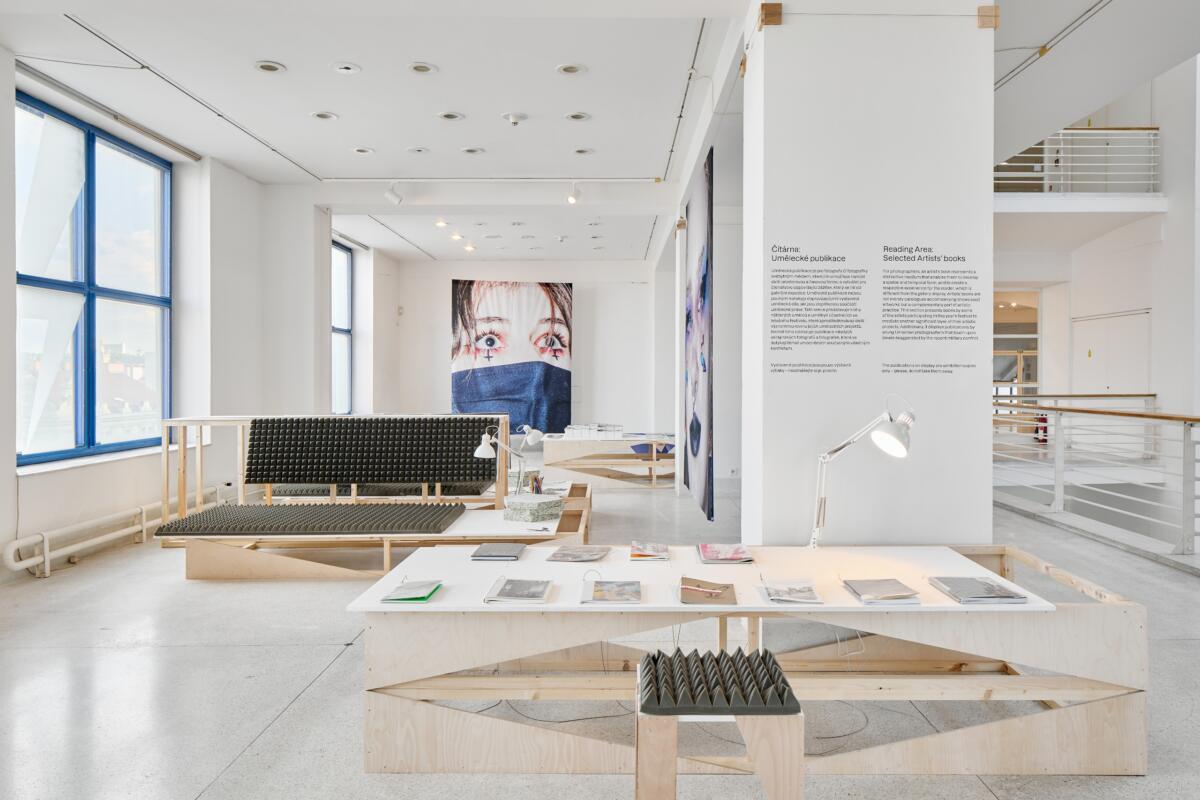
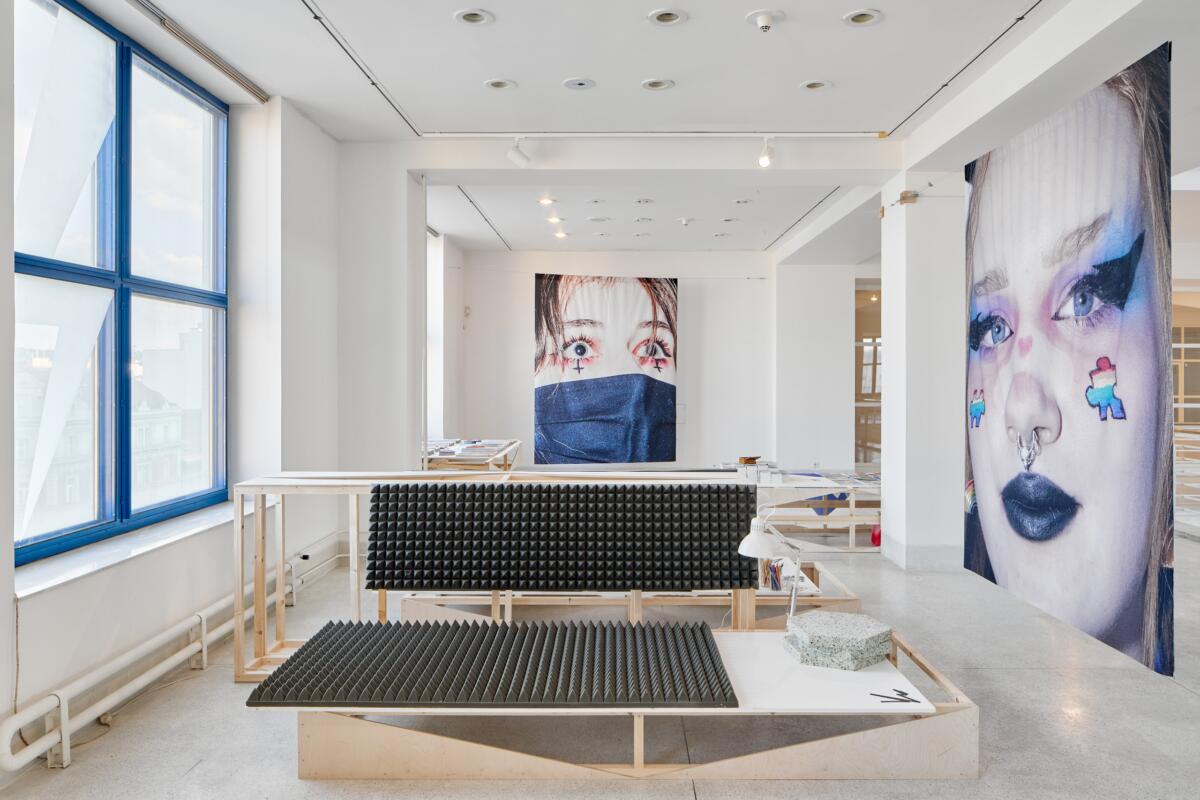

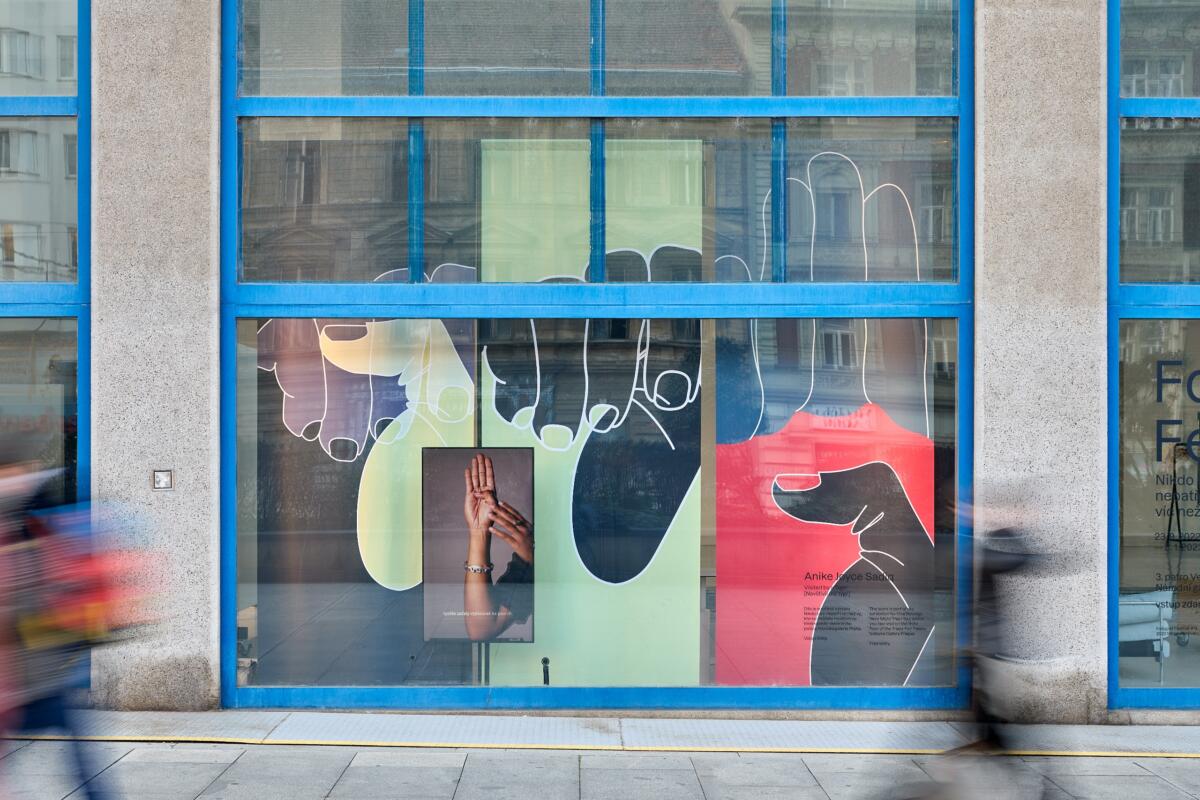
And simplicity itself seems to be the key to the strongest statements in such complex and disturbing issues. Documentary photography, especially compared to so many research-based projects, has proven its timeless reliability, and it was shown mostly in the great exhibition Extremely Normal in Fotograf Gallery, dedicated to the theme of neo-nazism. It also seems to be a good format to talk about social issues in de-humanized, hatred-driven times. Not so strong by itself, Ludwig Rauch’s news-based project, accompanied by voice over commentary, gained new energy when surrounded by more recent artistic works. In the 90s, Rauch entered neo-nazi meetings and showed their terrifying and dangerous, yet -still human and frightened faces. 30 years later, his compatriot, Jakob Ganslmeier, shows staged portraits of ex-nazis in the process of covering their ideology-related tattoos. The second part of his “Haut, Stein” (“Skin, Stone”) project are are black and white diptychs depicting historic Nazi symbols that remain visibly embedded in urban and rural architecture and public spaces despite the so-called denazification; repainting, or other interventions: a sometimes overlooked eagle, swastika-shaped spikes on fences, or just a different color of a wall revealing the absence of what hung there years ago. Low contrast, very static aesthetics of architecture accompanied by a humanistic touch in the portraits evokes Haneke’s masterpiece “White ribbon” delivering the same truth: what is embedded in our past cannot be erased. And yet, it is so simple to erase it from our vision.

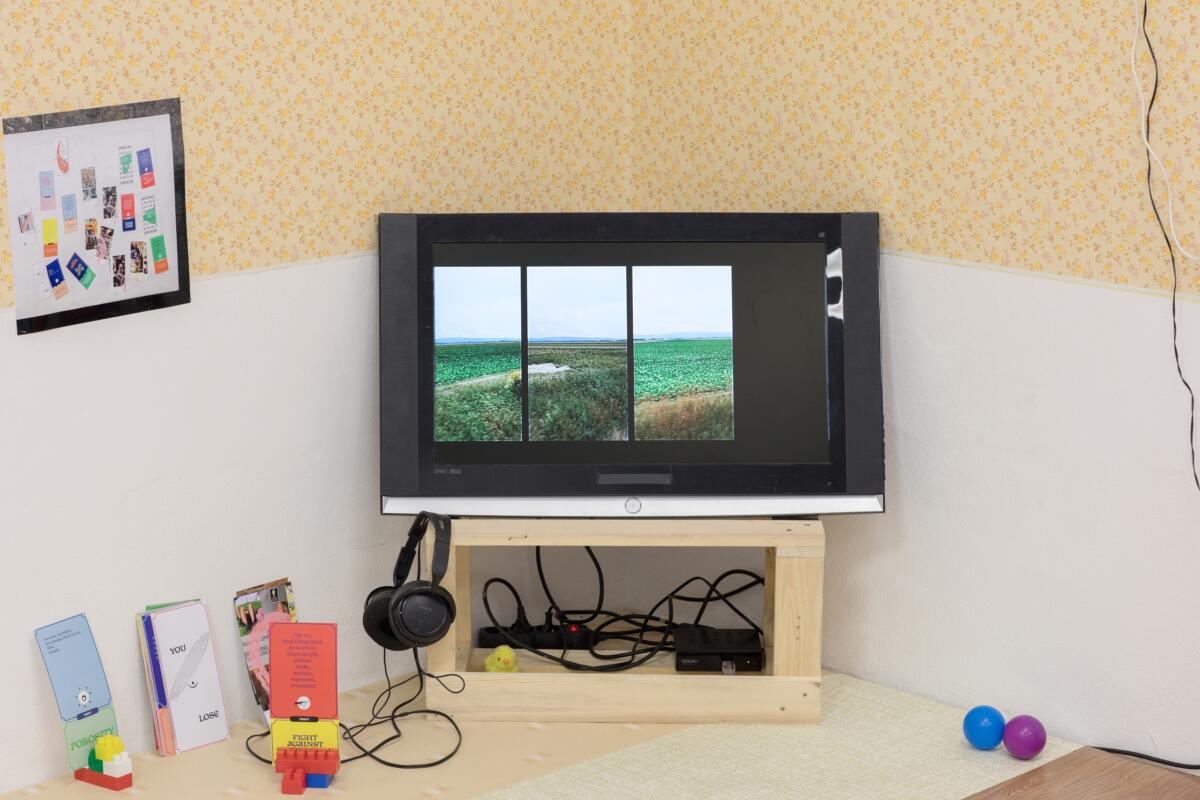
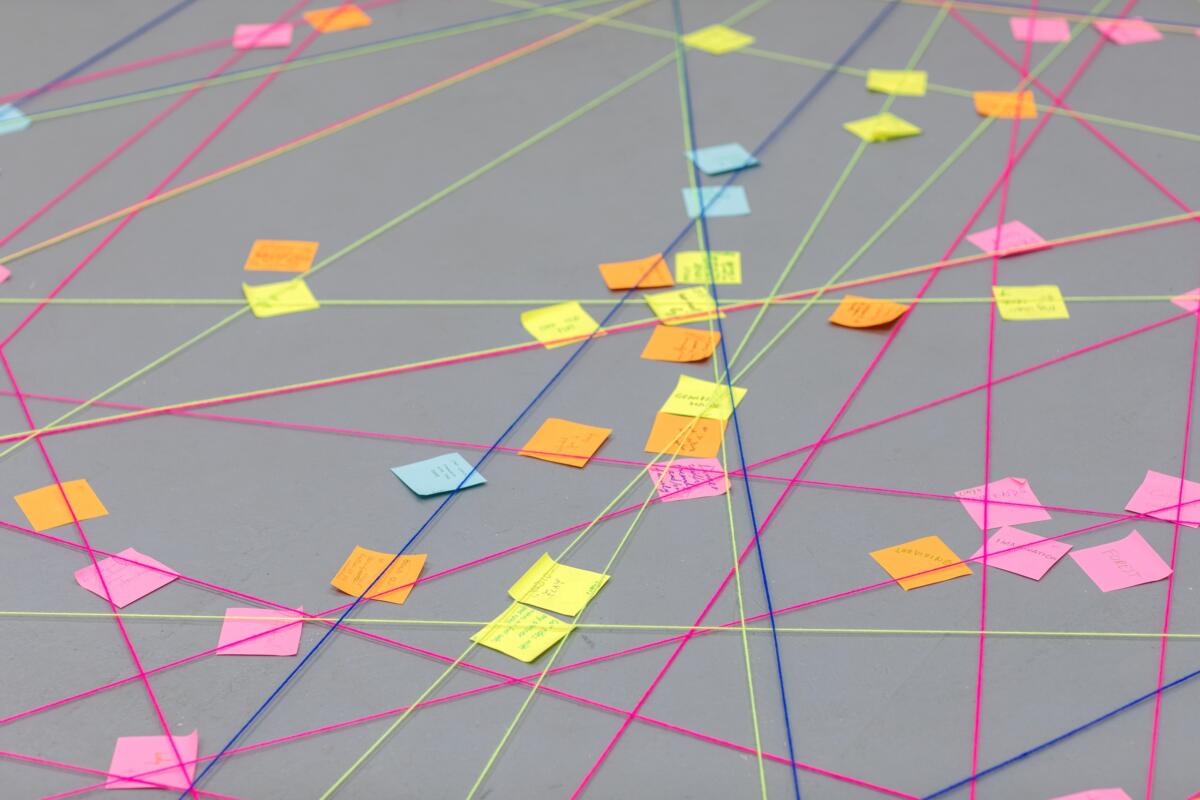
Memorials are a subtheme of the third exhibition Contesting Sites of Memory, where Christina Werner and Norman Behrent reappear. Here, a sense of humor comes in handy once again: a fragment of Tomáš Kajánek and Artur Żmijewski’s video work, a static camera silently observes visitors of impressive sites of memory who… don’t know exactly what to do. Tourists wander around a bit, take a photo, look around in search of something more and walk away. Telling, yet incomplete. The footage has a perfect mirror reflection to an artworld satire from the film industry, “The Square”. In a recurring scene (the most subtle part of the movie) gallery goers are equally disoriented with contemporary art pieces as tourists are with pompous city statues. A good shot for Instagram is the only, yet seemingly satisfying enough, content provided. Everything else seems to be made for a small group, gathered one and the same, around the art pieces and the sites of memory.
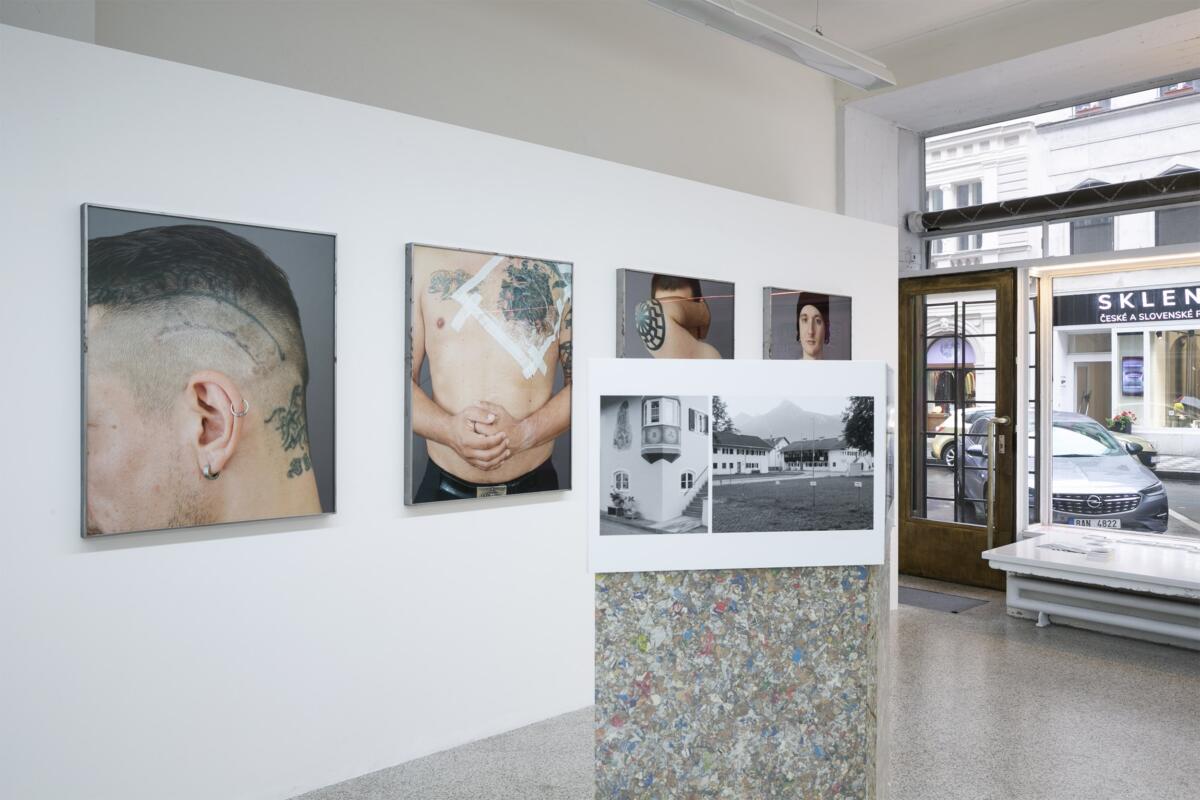
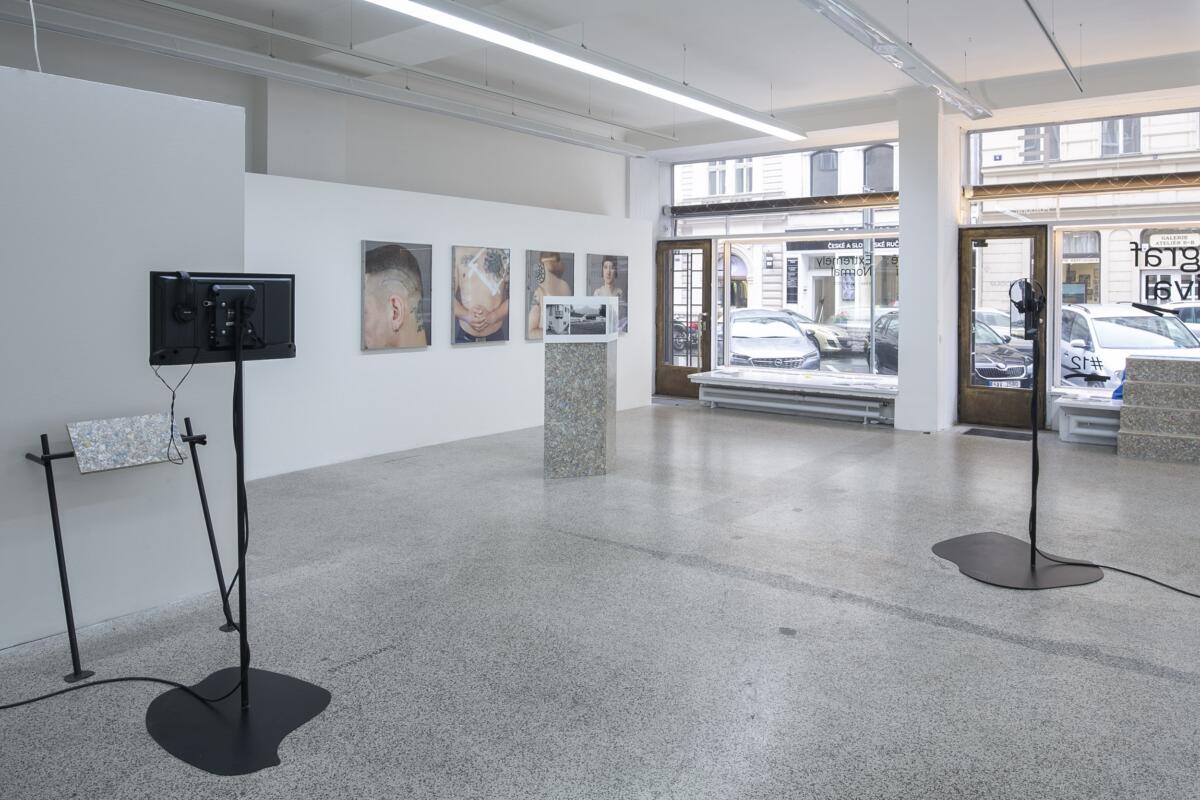
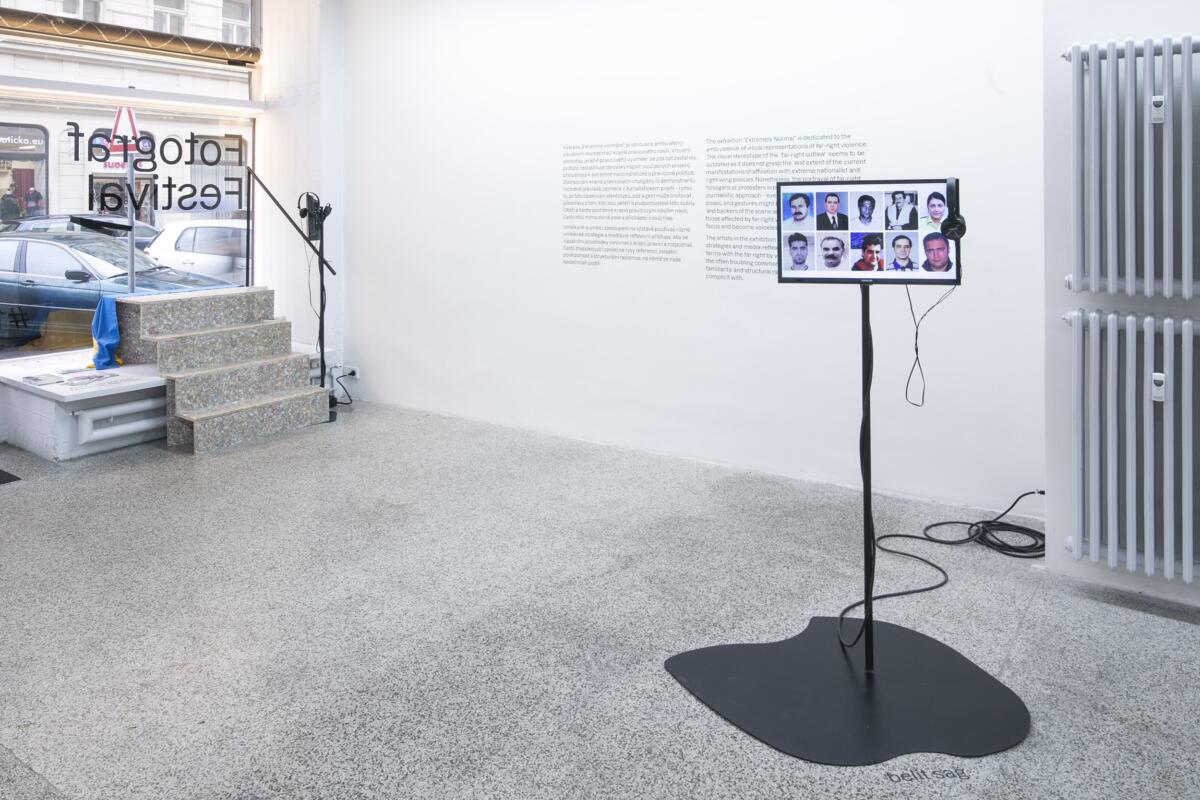
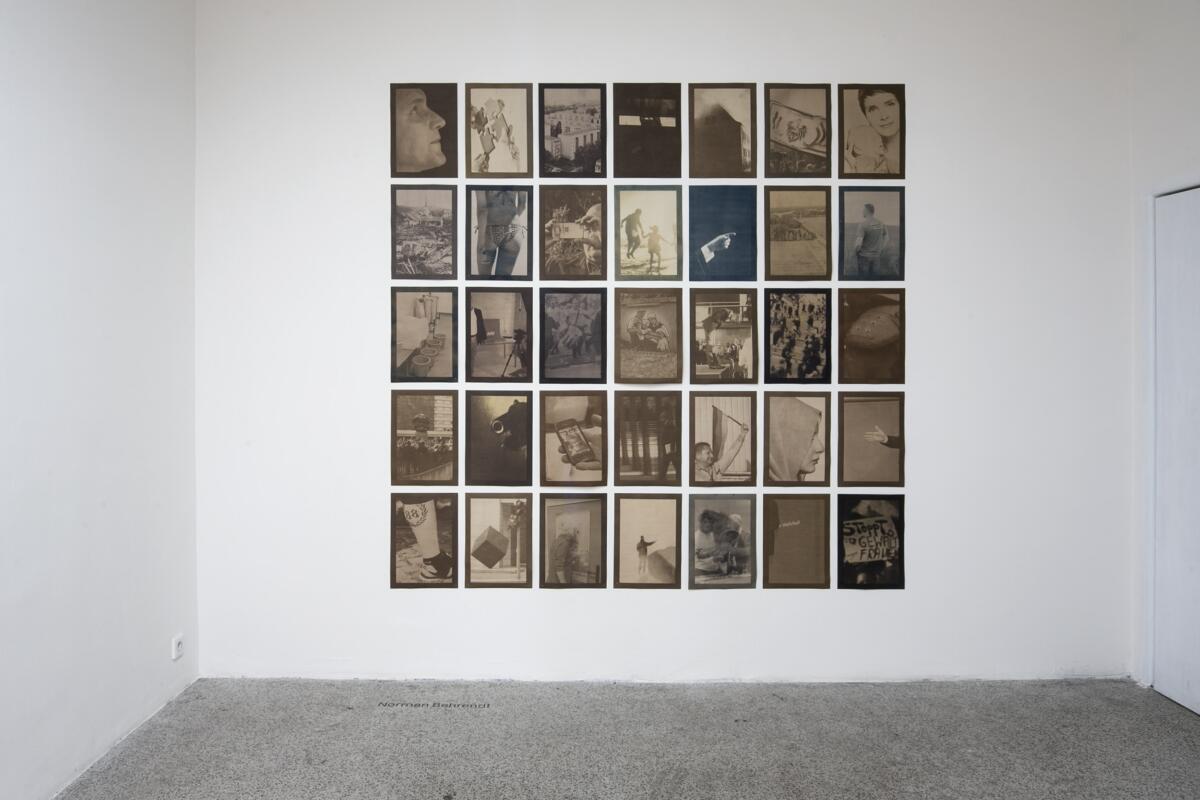

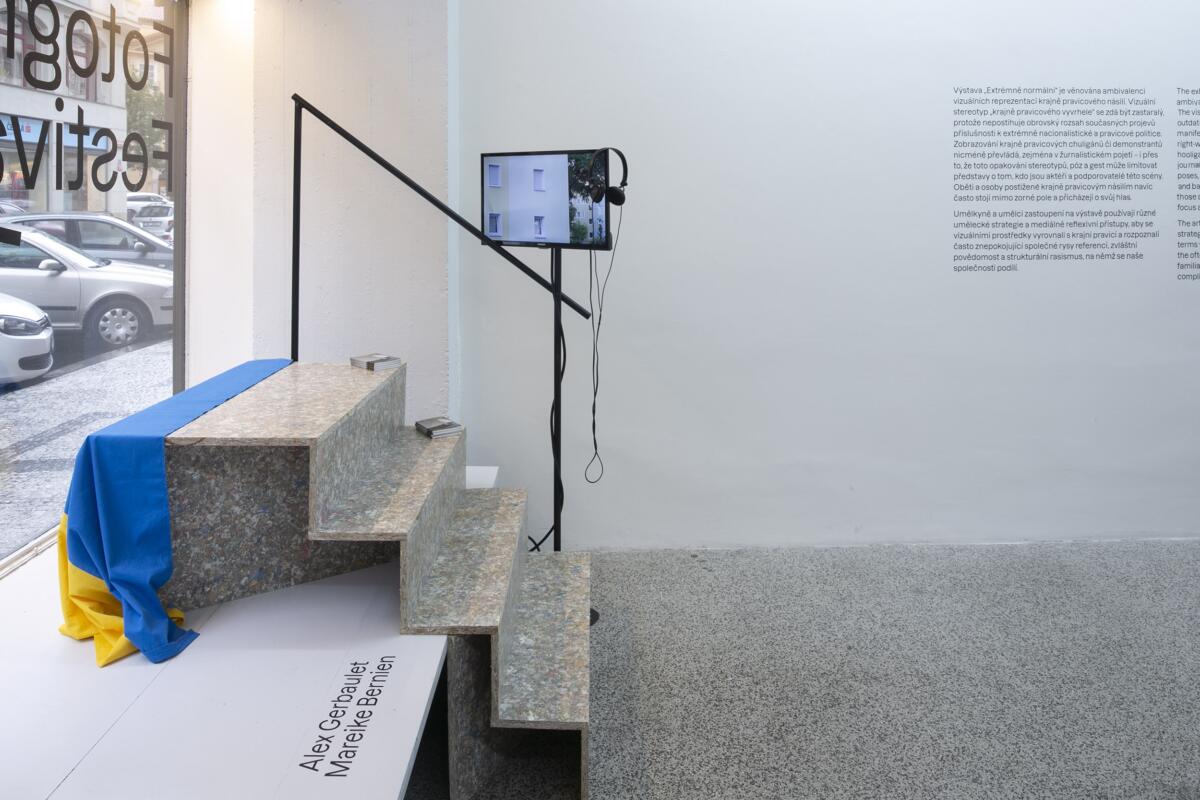

Fotograf Festival is courageously trying to propose something more than this – more than one glimpse, more than one Instagram photo – through well thought-out curation, relevant programming, and perfectly matched and designed architecture that creates consistency across the exhibition venues, and even acknowledges viewers with small gestures like places to lean for better comfort when viewing the videoworks. Sometimes it seemed that the art in many cases lacked courage: comfortably examining, observing, researching, as if almost blaming – somehow predictably aiming instead of revealing, touching, creating or even really questioning. Or was it just my Polish perspective – already versed and in a central position, ready for action and change – that was craving for more than a purely intellectual diagnosis? During one of the curatorial talks, it was a revelation to see people of different ages, professions and tastes, a thing that the Polish art world hasn’t seen for years. Prague (and Czechia in general) was an important location of the festival itself, providing a sense of comfort and distance that helped to enjoy an intellectual and balanced method of curating. Let’s hope that such a careful artistic attitude as the one presented at the festival would not be forced by external factors to radicalize, but let’s also remember that the so often inaccessible language of art might also be one of the reasons for the worldwide situation that was the subject of Fotograf Festival this year. Looking for a good solution, for an up to date yet responsible, critical context for art to navigate the realities of the XXIth century is still ahead of us.
Edited by Ewa Borysiewicz and Katie Zazenski
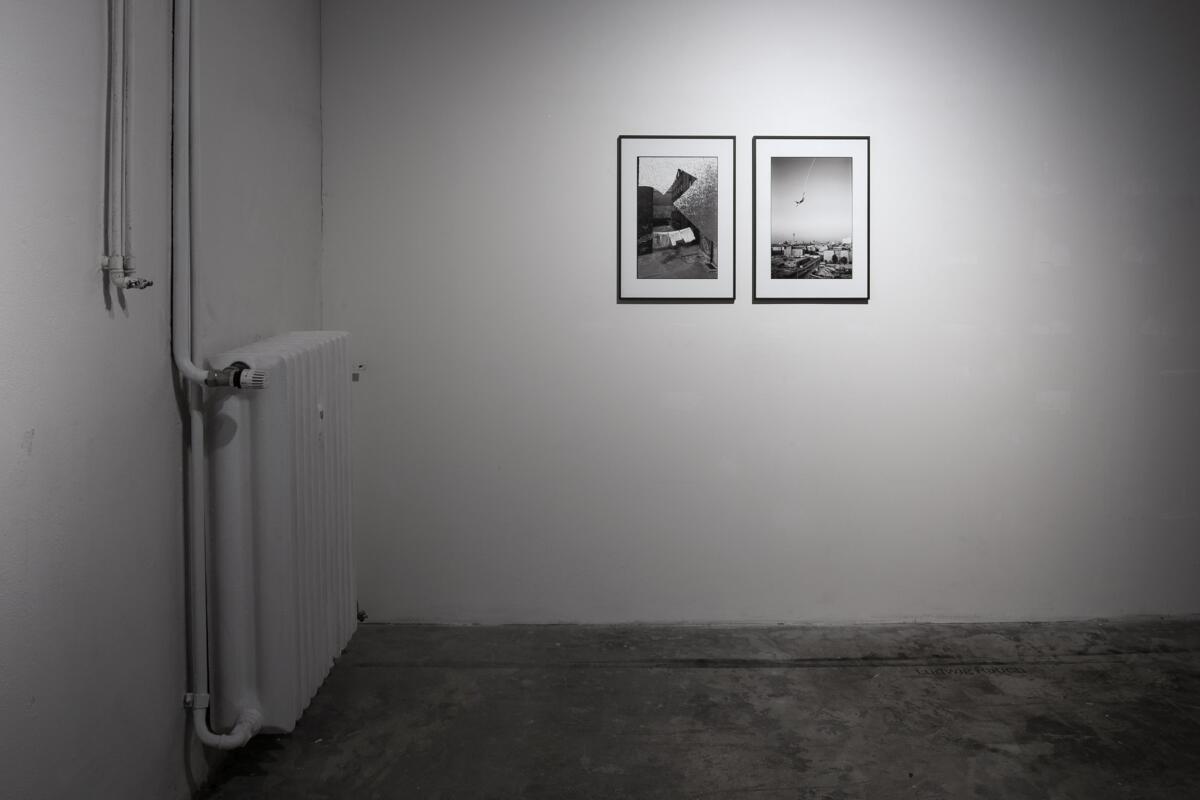
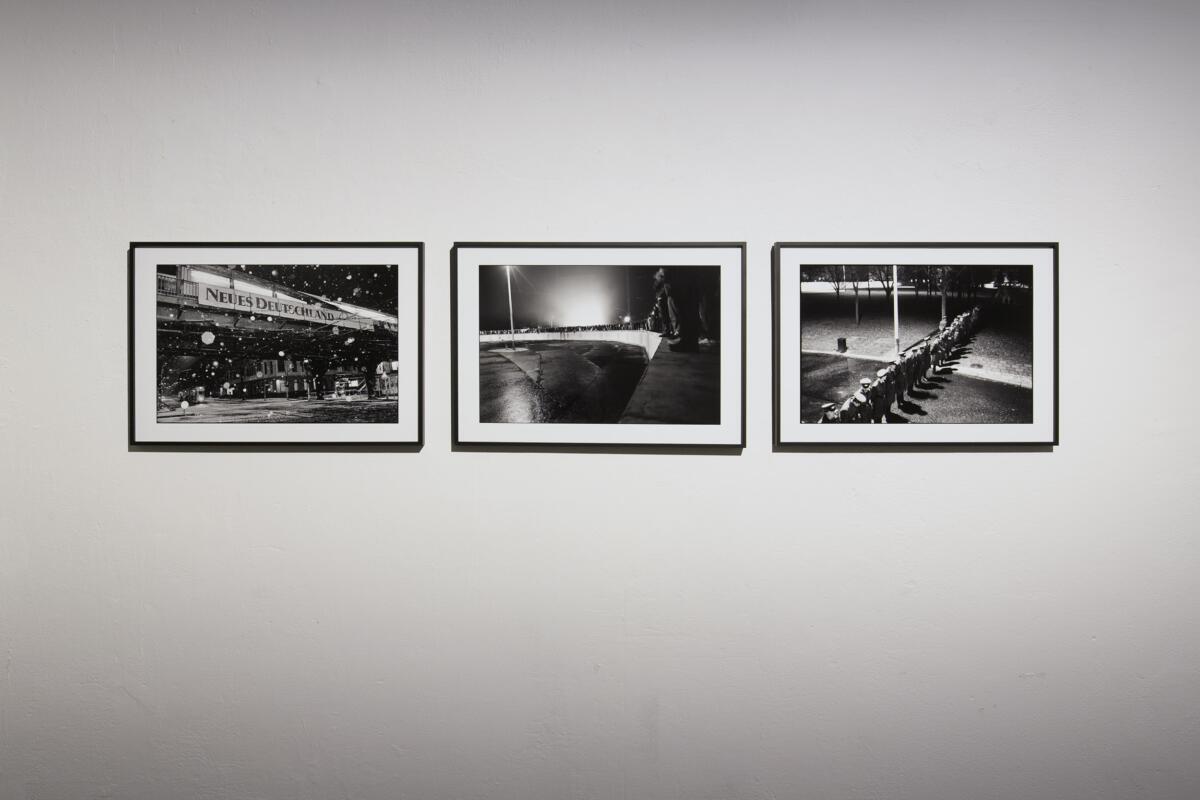
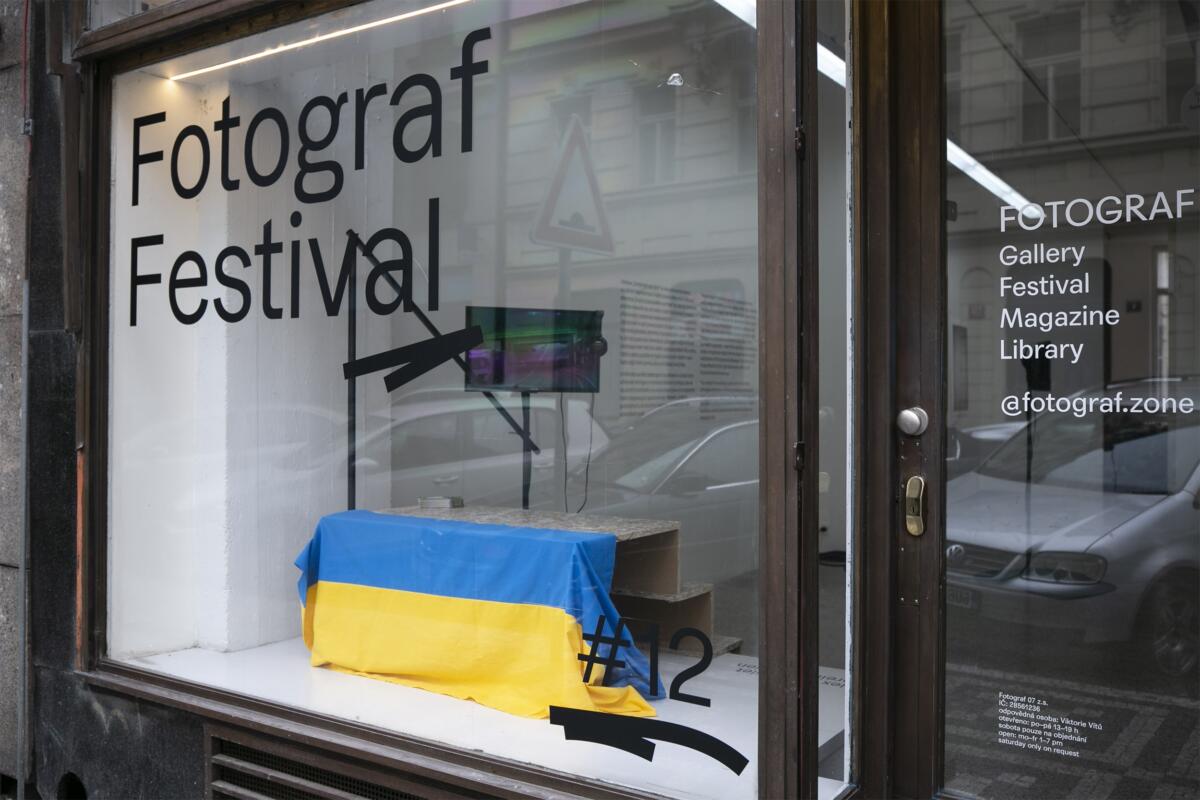
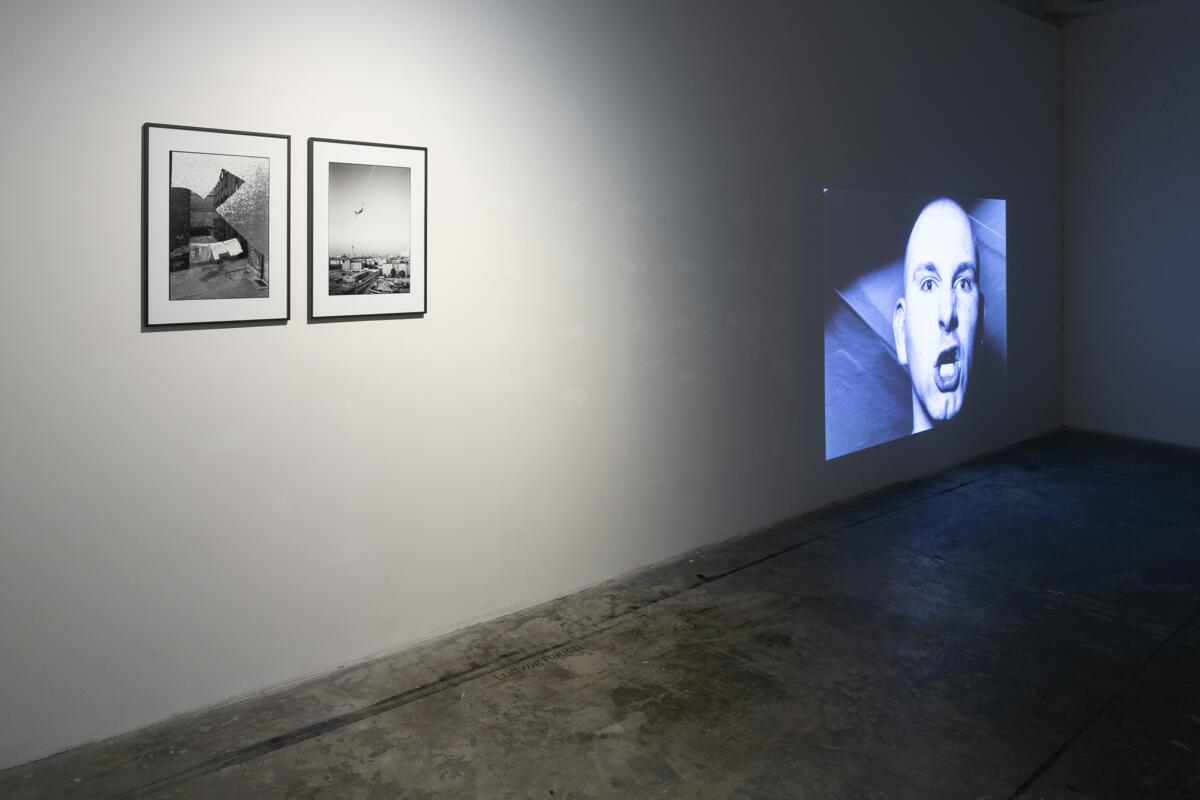

[1]See: https://archiwumprotestow.pl/en/access/.
Imprint
| Exhibition | Fotograf Festival #12 No One Belongs Here More Than You |
| Place / venue | Prague |
| Dates | 08.09.2022 – 30.10.2022 |
| Index | Czechia Festival Fotograf FOTOGRAF festival Justyna Kociszewska Prague |
